People rarely stop and think about how vast the globe is. Earth has a radius of nearly 4,000 miles and a circumference of close to 25,000 miles. The surface area of Earth’s land is almost 200 million square miles, while the water’s surface area is nearly 140 million square miles. That really puts into perspective the journey the earliest explorers had to take when they first circled the globe.
The term that refers to the complete circling of a continent, island, or astronomical body is circumnavigation. The first circumnavigation of Earth was completed by Ferdinand Magellan and his crew beginning in 1519 and ending in 1522. A lot of trials and tribulations happened during that voyage, but the expedition was a success. To learn more about circumnavigation and the very first trip around the world, keep reading!

Circumnavigation
The first trip around the world took three years and involved the crossing of the Indian, Atlantic, and Pacific oceans. This voyage was made by the ship, which was the primary mode of travel for centuries. Many have attempted to circumnavigate the globe, but few had succeeded until the 20th century.
The rise of commercial aviation led to the process of circumnavigating the globe becoming easier. Now that we use planes, it takes just a few days to travel around the world instead of years. The challenges posed today for circumnavigation have shifted more towards speed, human endurance, and less conventional methods like cars or motorcycles.
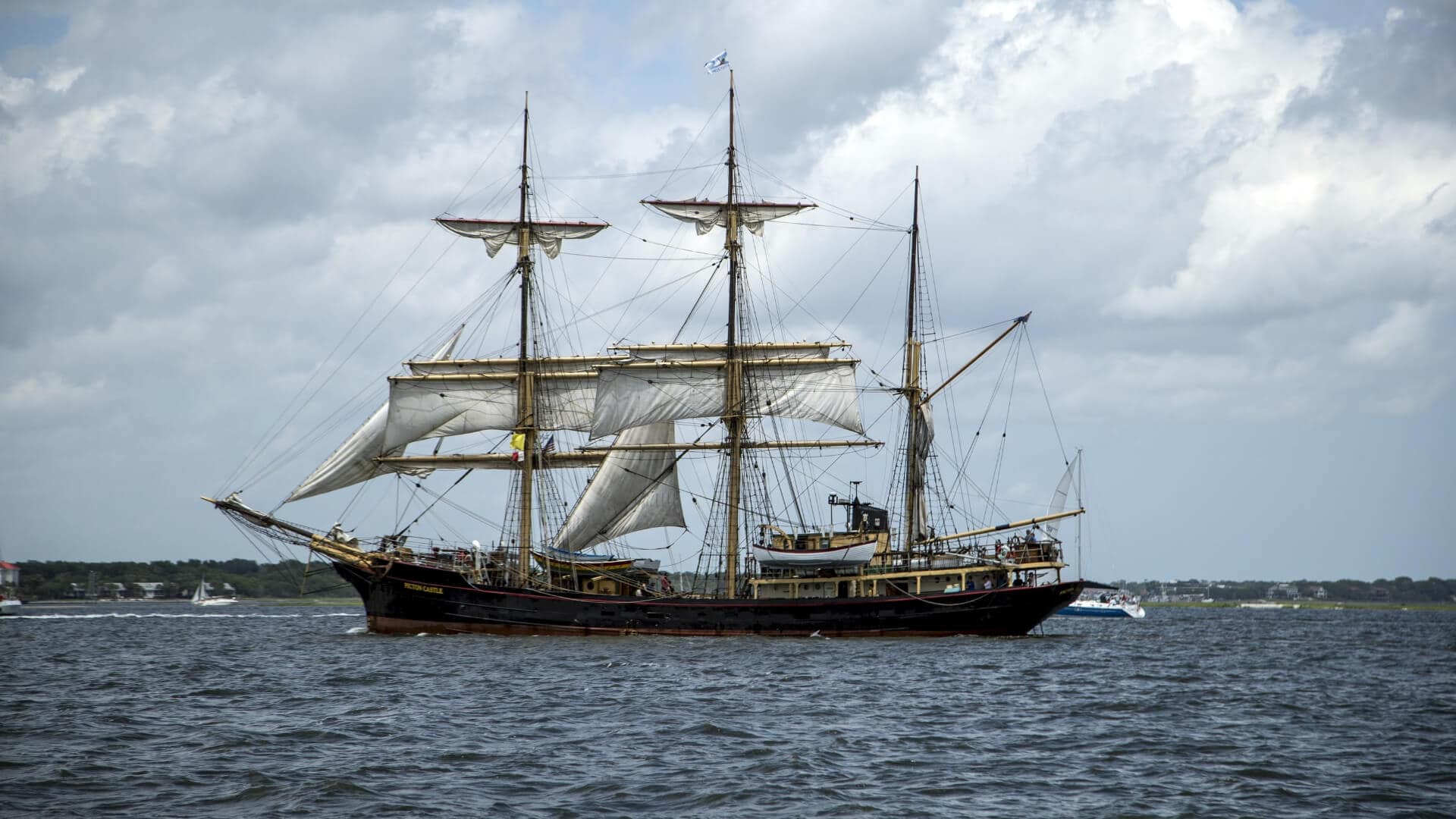
History
The ship, Victoria, was the first vessel to complete a single voyage around the globe between 1519 and 1522 as a part of the Magellan-Elcano expedition. This trip began in Seville, Spain, when Portuguese explorer Ferdinand Magellan set sail with his crew. Some scholars believe Magellan had completed a whole circumnavigation before this voyage in several stages.
After Magellan’s initial voyage, several explorers took their crews and ships on trips around the globe. Many of them became known for their adventurous expeditions and are still studied in history books to this day. They have also inspired modern instances of circumnavigation.
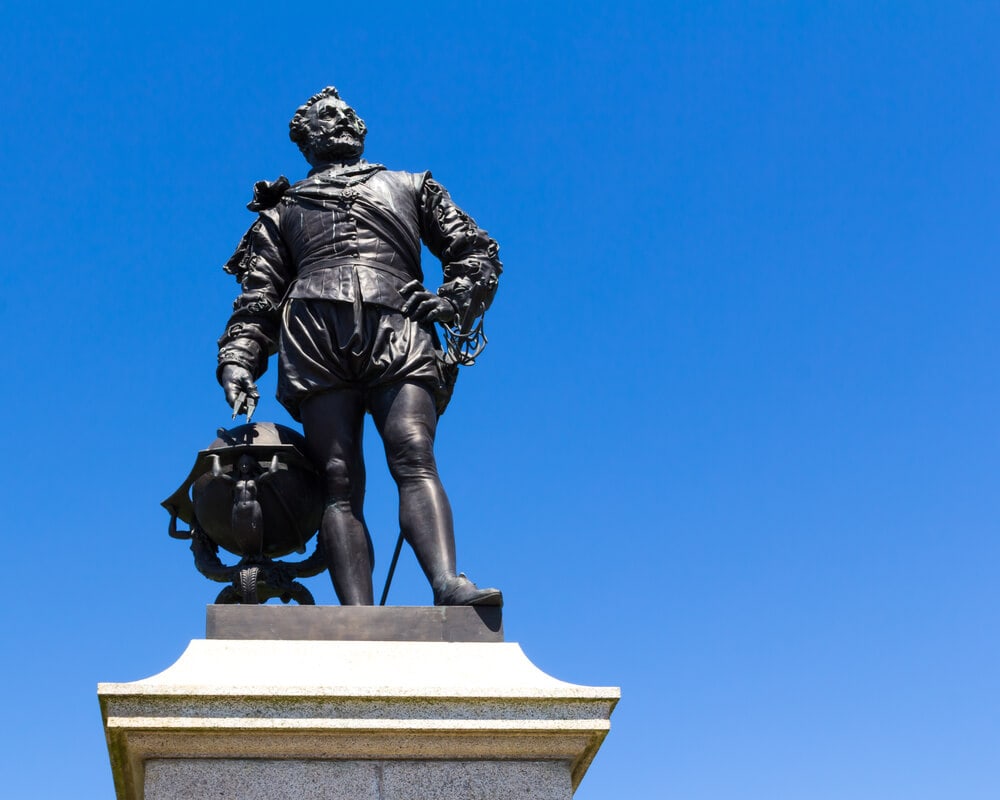
Sir Francis Drake
The second explorer to complete a circumnavigation around the globe was Sir Francis Drake. Sir Francis Drake was an English explorer who was given the task of circumnavigation by Queen Elizabeth I. His travels were between the years 1577 and 1580, roughly the same amount of time as the Magellan-Elcano voyage.
Sir Francis Drake was notable because he was the first captain to complete his voyage around the globe with his crew. In 1581, he was awarded a knighthood by Queen Elizabeth I for his achievements as an explorer. Sir Francis Drake is known as the second top-earning pirate with a net worth equivalent to $133.8 million in today’s figures.
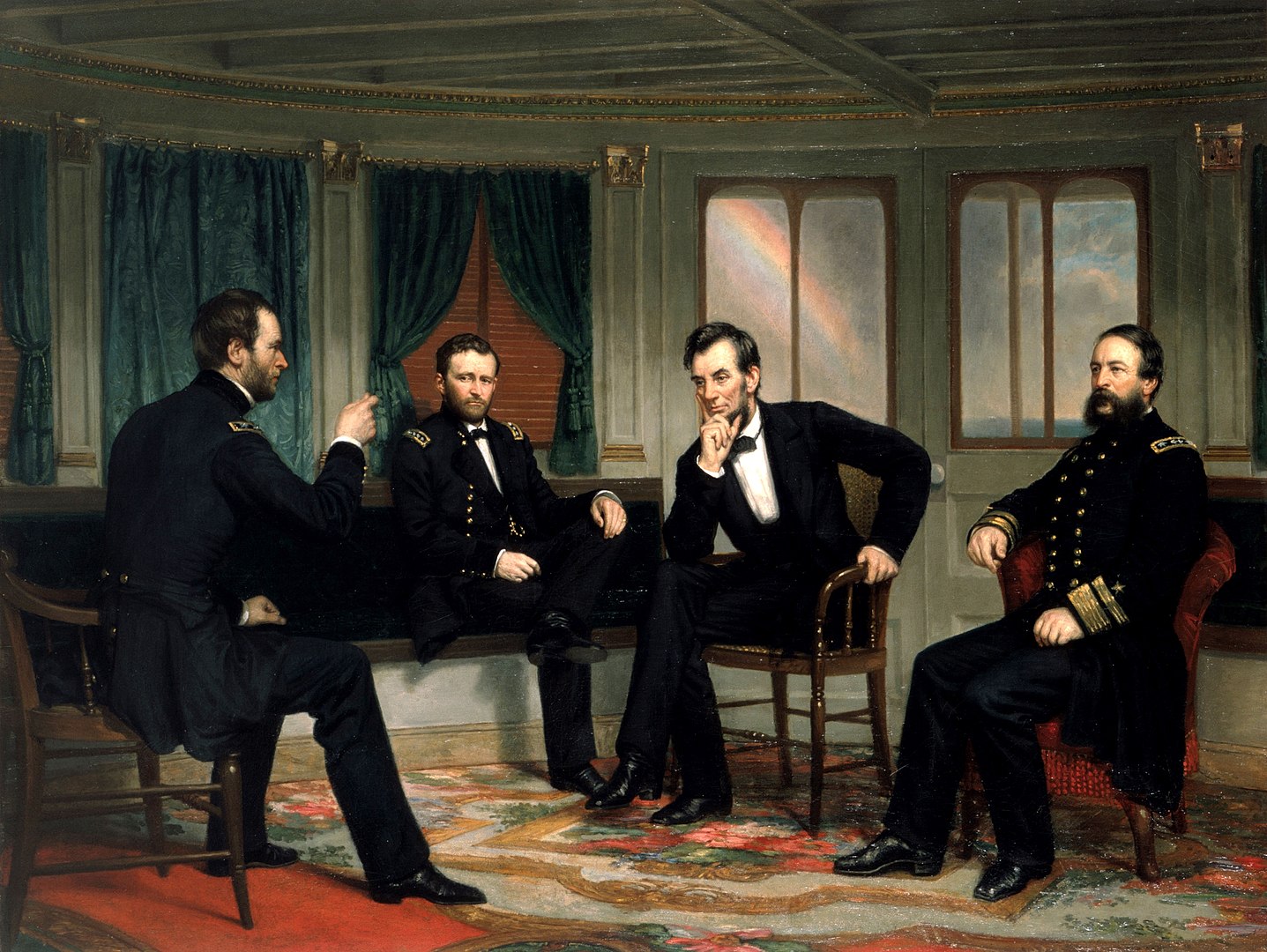
Ulysses S. Grant
In the 19th century, long voyages around the world became possible for wealthy individuals. One person to take a trip around the globe was Ulysses S. Grant, the 18th president of the United States. He was a significant figure in leading the Union to victory during the American Civil War.
After his presidency ended in 1877, Ulysses S. Grant decided to take an extended vacation with his wife, Julia. The trip eventually turned into a world tour and lasted more than two years. Grant visited many dignitaries, including Queen Victoria, Otto von Bismarck, and Pope Leo XIII. During his travels, Ulysses S. Grant was greeted by large crowds of excited fans.
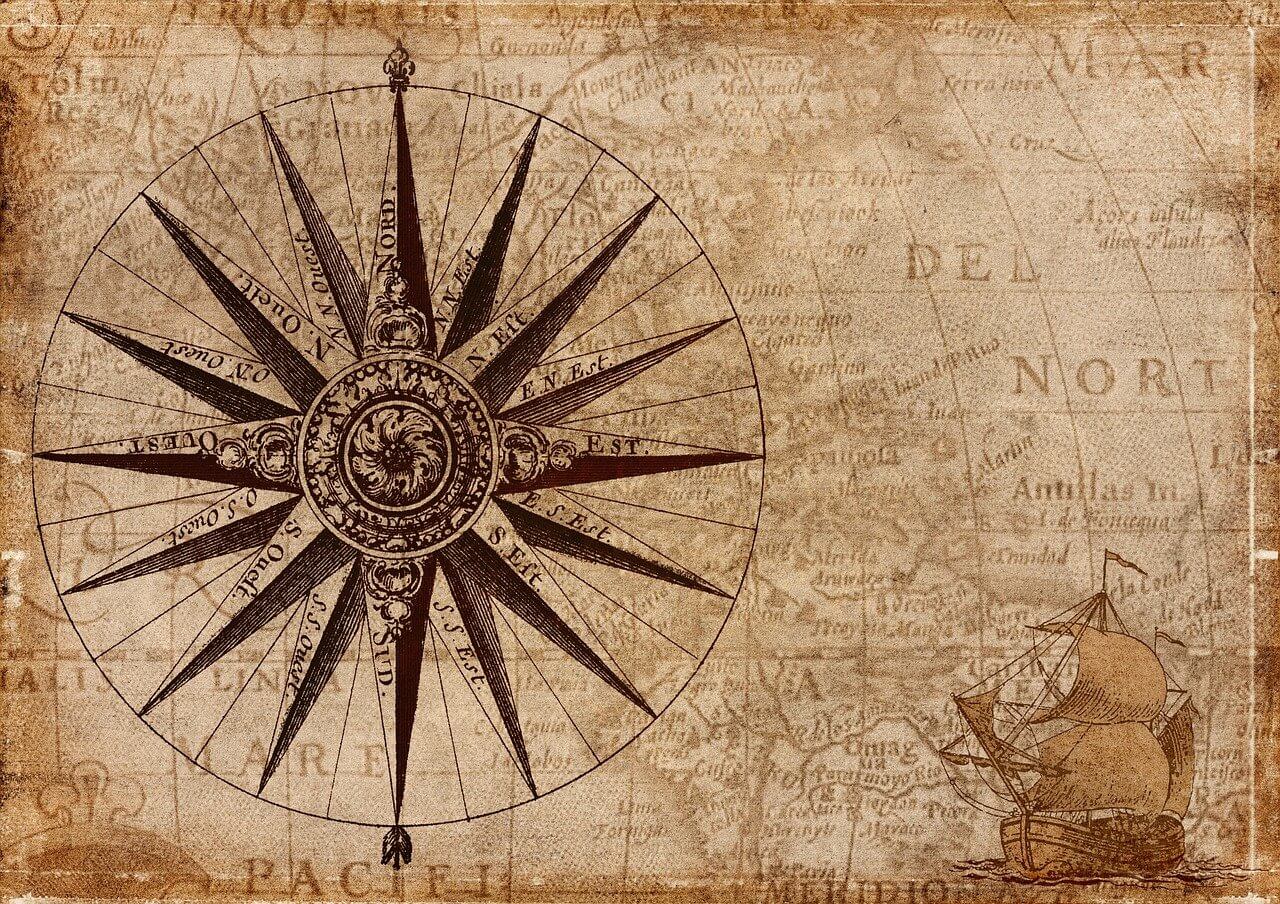
Nautical
The fastest circumnavigation record is held by a wind-powered vessel called the Trimaran IDEC 3. This vessel also holds the global nautical record. Six sailors completed their voyage and made history in January 2017. It took the crew just over 49 days to complete the journey.
On their trip, the sailors started by following the North Atlantic Ocean, through the equator, into the South Atlantic Ocean, and then on to the Southern Ocean. Next, they went back down through the South Atlantic Ocean, passed the equator, and to the North Atlantic Ocean. This resulted in their route moving in an easterly direction.
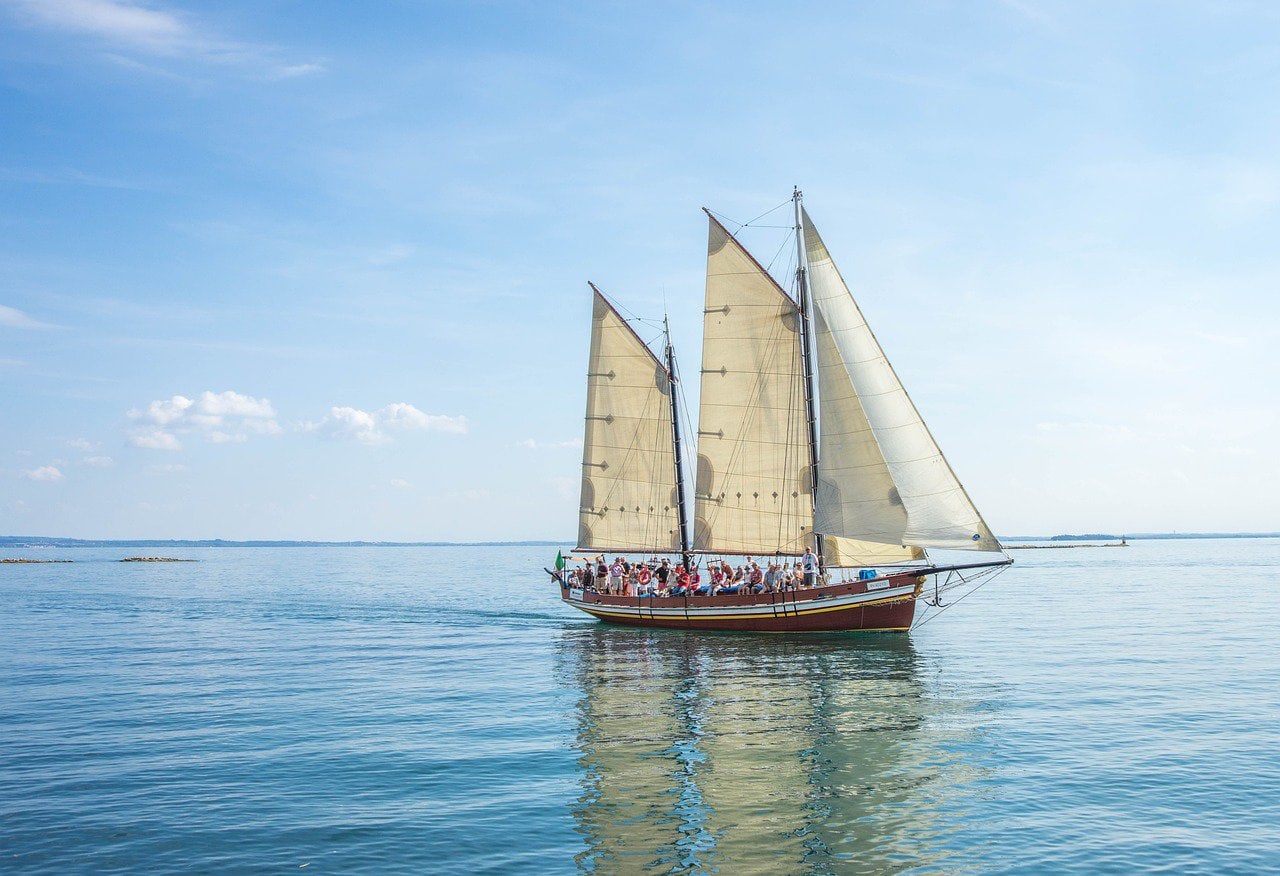
Wind-Powered
Many voyages around the world use vessels that are powered by wind. In non-competitive sailing routes, these vessels follow the trade winds through the Panama and Suez Canals. This route ends up being a great circle and also moves through two pairs of antipodal points. Many cruising sailors traveling in the western direction use this route.
Because of the trade winds, making this voyage is a smooth sail. This method does pass through several areas of calm and light winds. Yacht racing follows a different route since the typical non-stop routes cannot employ the use of Suez and Panama Canals.
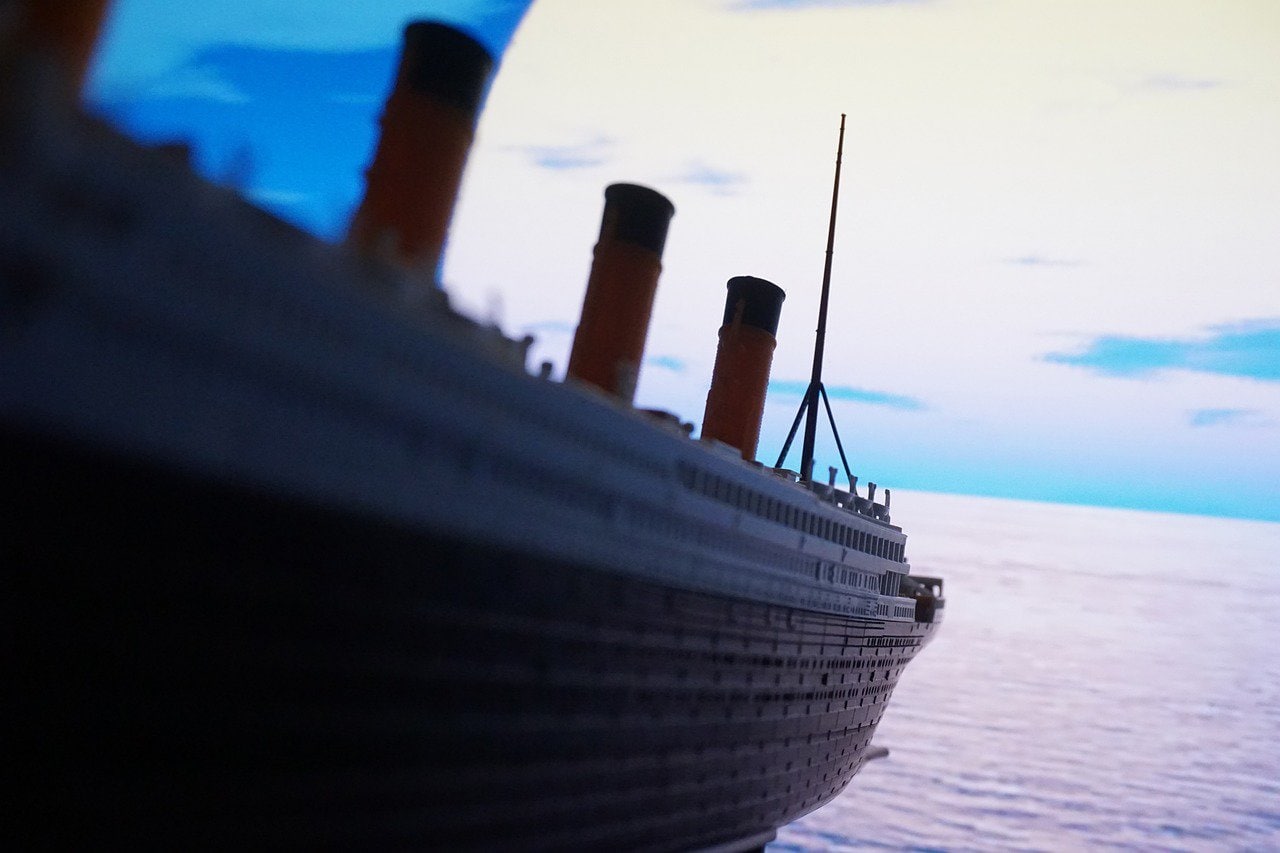
Mechanically-Powered
Cruise line Cunard launched the Laconia ship in 1922, beginning the trend of world cruises. Because of boats like this, thousands of passengers have been able to travel around the world at a slow, relaxed pace. These types of voyages almost always began in New York City or Southampton, England, and moved westward.
Routes either passed through the Caribbean and into the Pacific Ocean through the Panama Canal or around Cape Horn. The fastest mechanically powered trip around the globe was completed in 60 days, 23 hours, and 49 minutes. This occurred in June 2008 by the crew of the trimaran Earthrace.
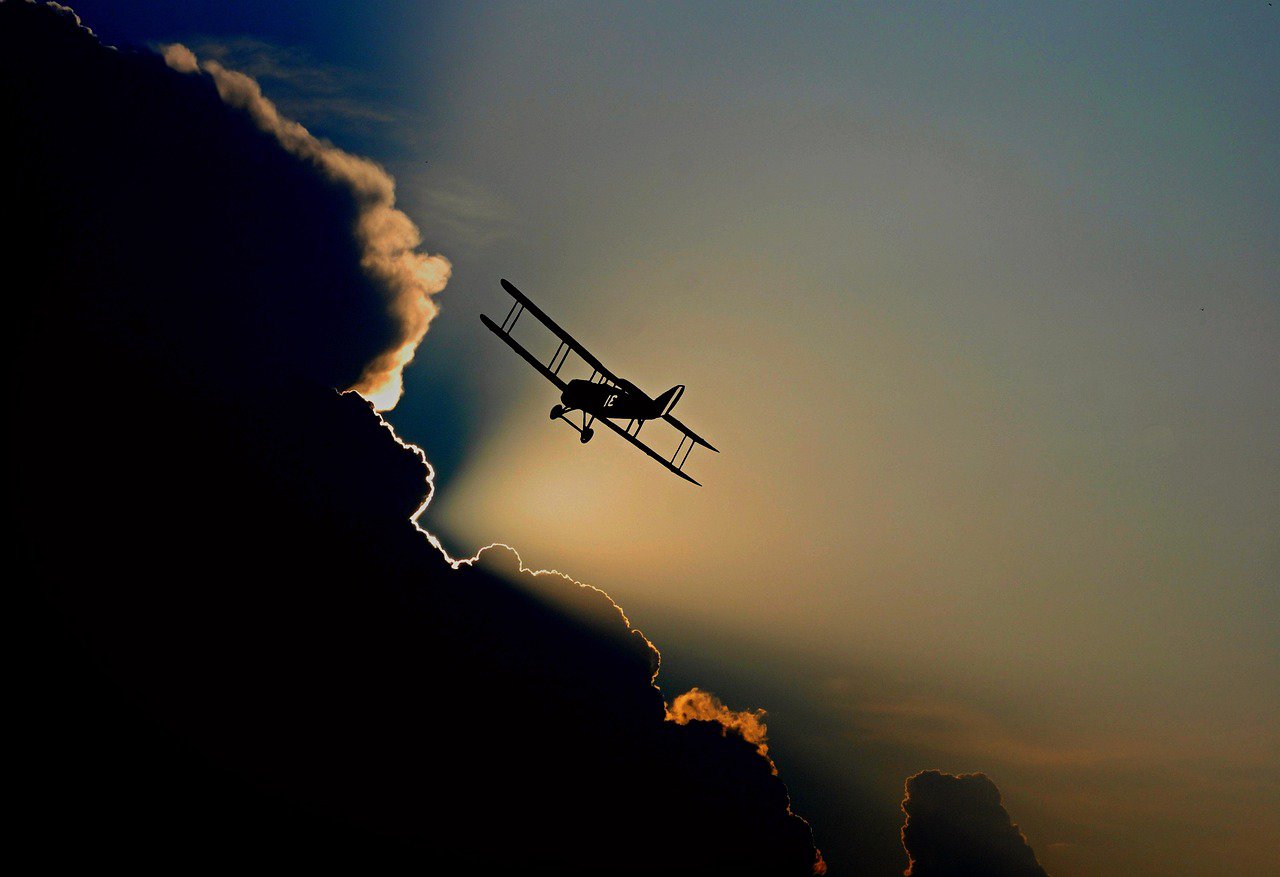
Aviation
The development of commercial aviation led to a variety of regular flight routes around the globe. Flights like the Pan American Flight one and the United Airlines Flight One were popular. In modern times, taking a trip around the world is easy due to the ease of booking connecting flights.
The first successful circumnavigation around the globe via plane was completed in 1924 in a quartet of biplanes flown by U.S. Army Air Service aviators. The first airship powered by buoyant gas to make the trip around the globe powered its own powers was the LZ L27 Graf Zeppelin, which made the trip in 1929.
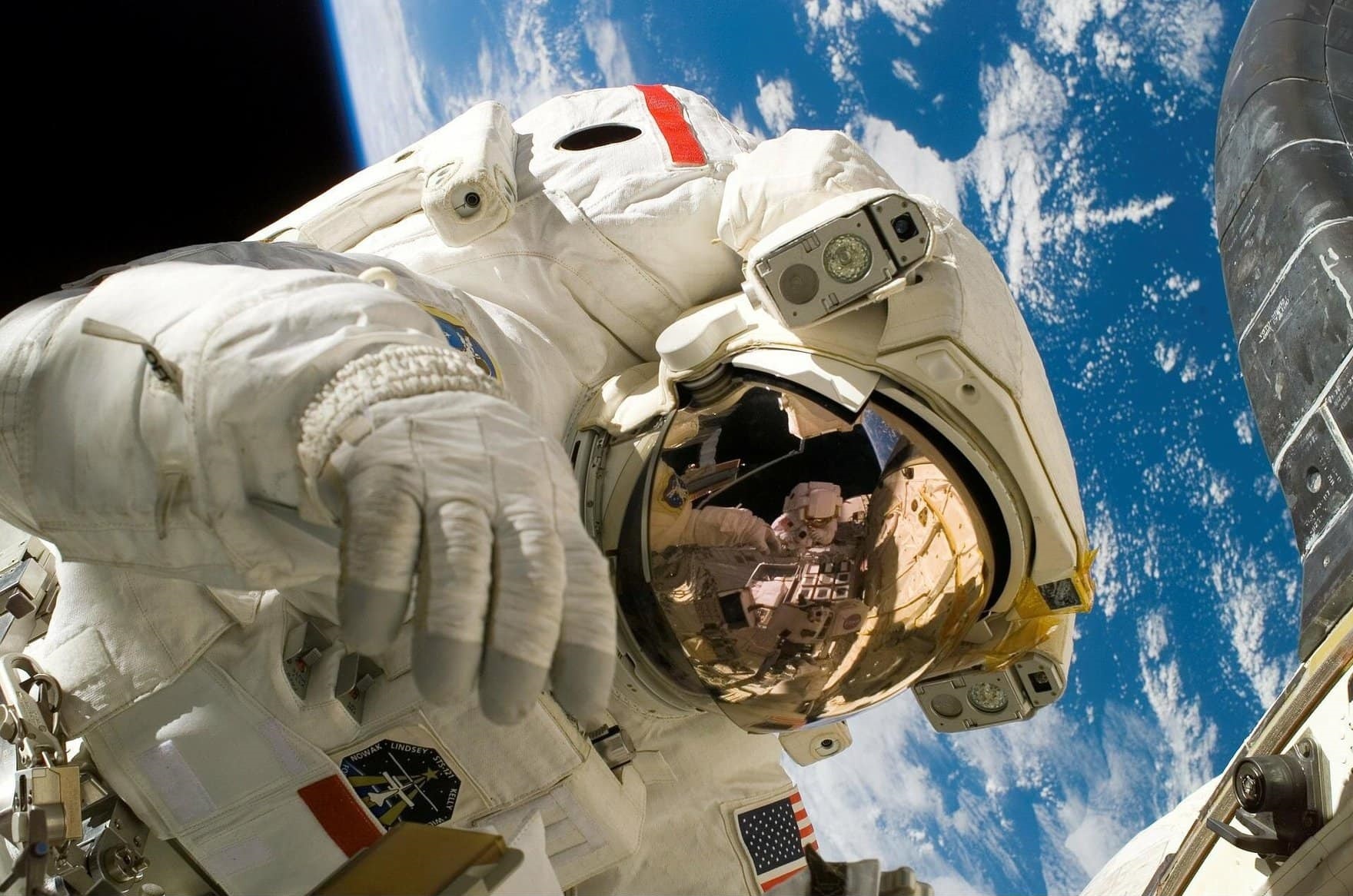
Astronautics
Yuri Gagarin, the Soviet Russian Air Force pilot, became the first person to travel into space. He made that trip into space in 1961. On the same trip, Gagarin made the first orbit of Earth. His Vostok 1 spaceship traveled around the Earth in 2 hours.
Gagarin’s trip was historical, but it did not completely circumnavigate the globe. His journey began at 63 degrees E and ended at 45 degrees E. The first human to circle the world in spaceflight was Soviet Russian cosmonaut Gherman Titov. He made 17.5 orbits around the Earth in the Vostok 2 spaceship.
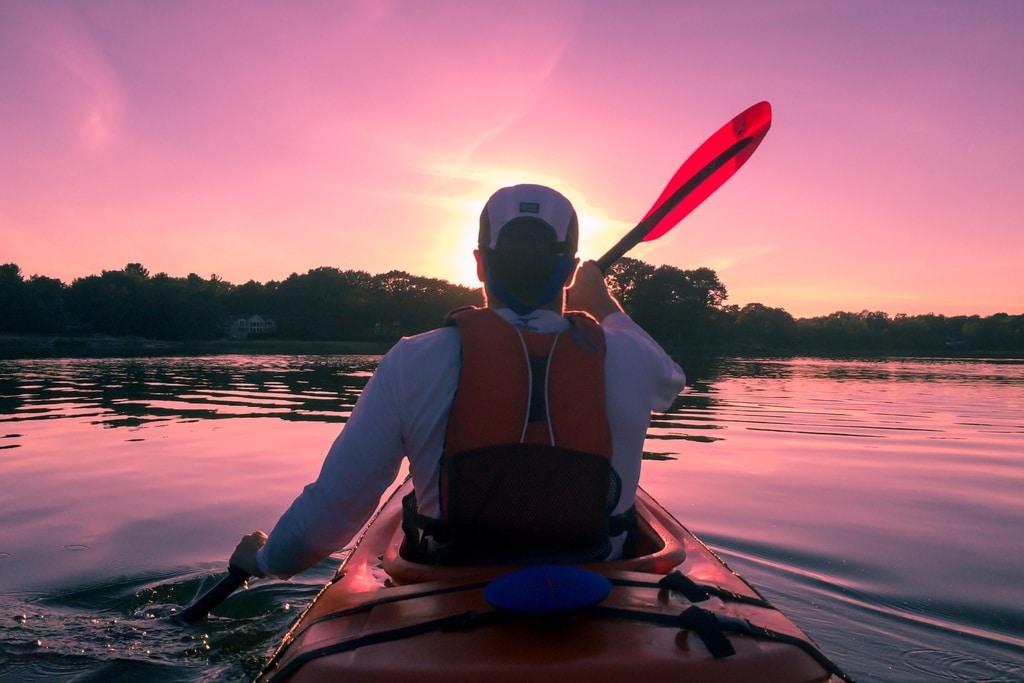
Human-Powered
It may seem like an unachievable feat, but a complete circumnavigation around the globe without motors or sails is possible. The first human-powered expedition began in 1994 and ended on October 2007. English author and explorer Jason Lewis and his crew made the voyage as a part of his Expedition 360 project.
A Turkish-American adventurer named Erden Eruc made the first solo human-powered trip around the globe. He began his journey in July 2007 and completed it in July 2012. He traveled via rowboat, bicycle, foot, and sea kayak. Erden Eruc logged more than 41,000 miles traveled on his journey.
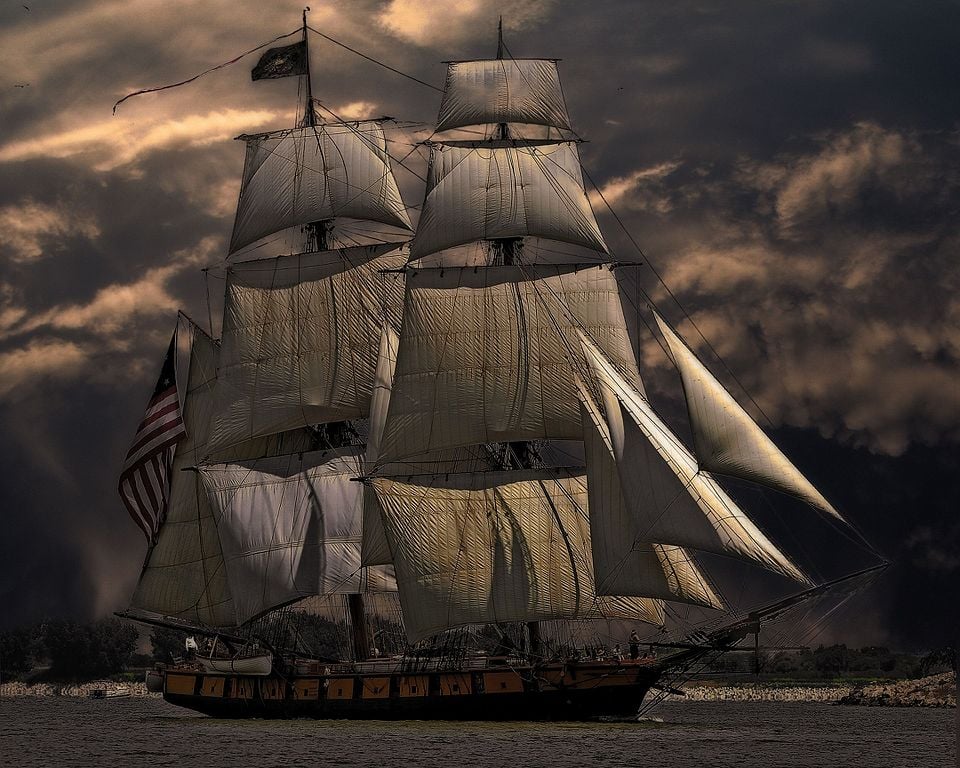
Notable Circumnavigations
Many notable circumnavigations have occurred throughout history. Aside from Magellan and Drake’s journeys by boat, there was Jeanne Baret’s voyage from 1977 to 1769. She is the first woman explorer to finish a circumnavigation of the globe.
The first case of a land circumnavigation was completed by Sir George Simpson. From 1841 to 1842, he traveled through Canada and Siberia, eventually returning home to London. In June 2003, British runner Robert Garside achieved the first complete run around the world. He made the journey on five and a half years, and it was recognized by the Guinness Book of World Records.
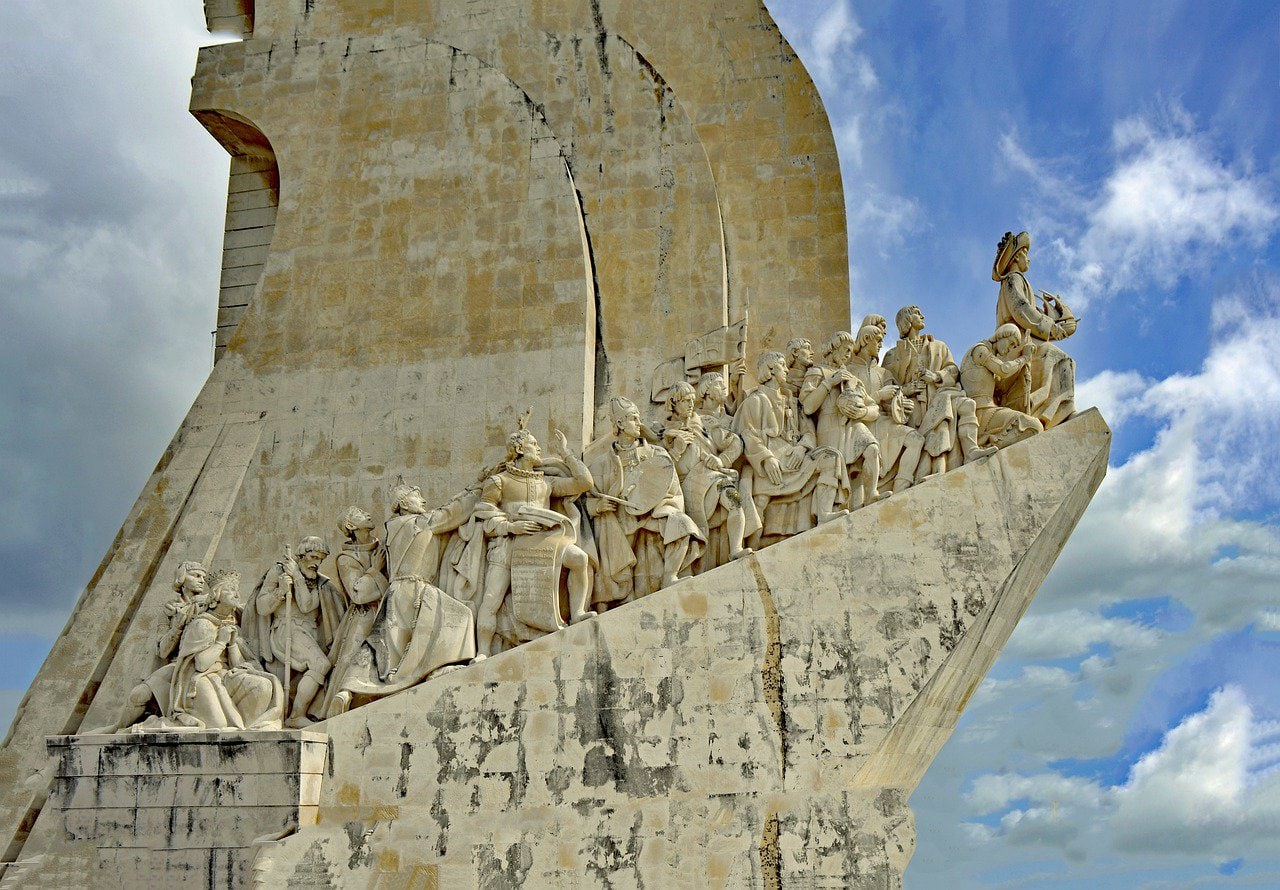
Ferdinand Magellan
Ferdinand Magellan is best known for organizing the expedition to the West Indies by the Spanish from 1519 to 1522. The Portuguese explorer’s trip would result in the first-ever circumnavigation of the globe. This trip was completed by Spanish explorer Juan Sebastian Elcano.
Ferdinand Magellan was born into a family with minor Portuguese nobility in 1480. He became a naval officer and a skilled sailor. Initially, Magellan worked for the Portuguese crown in Asia, but after disagreeing about a new route to India with King Manuel I of Portugal, he began to work for King Charles I of Spain.

Early Life
Magellan was born in the town of Sabrosa, Portugal in 1480. His father, Pedro de Magalhaes, was the mayor of the city. When he was 15 years old, Magellan began to work under the service of King Manuel I.
When he was 25, Ferdinand Magellan set sail in a fleet of 22 ships known as the Seventh India Armada. This fleet was an envoy carrying Francisco de Almeida, the first viceroy of India. Magellan bounced around from fleet to fleet until he was able to lead his expedition around the world in 1519. The story of Magellan’s circumnavigation is fascinating.
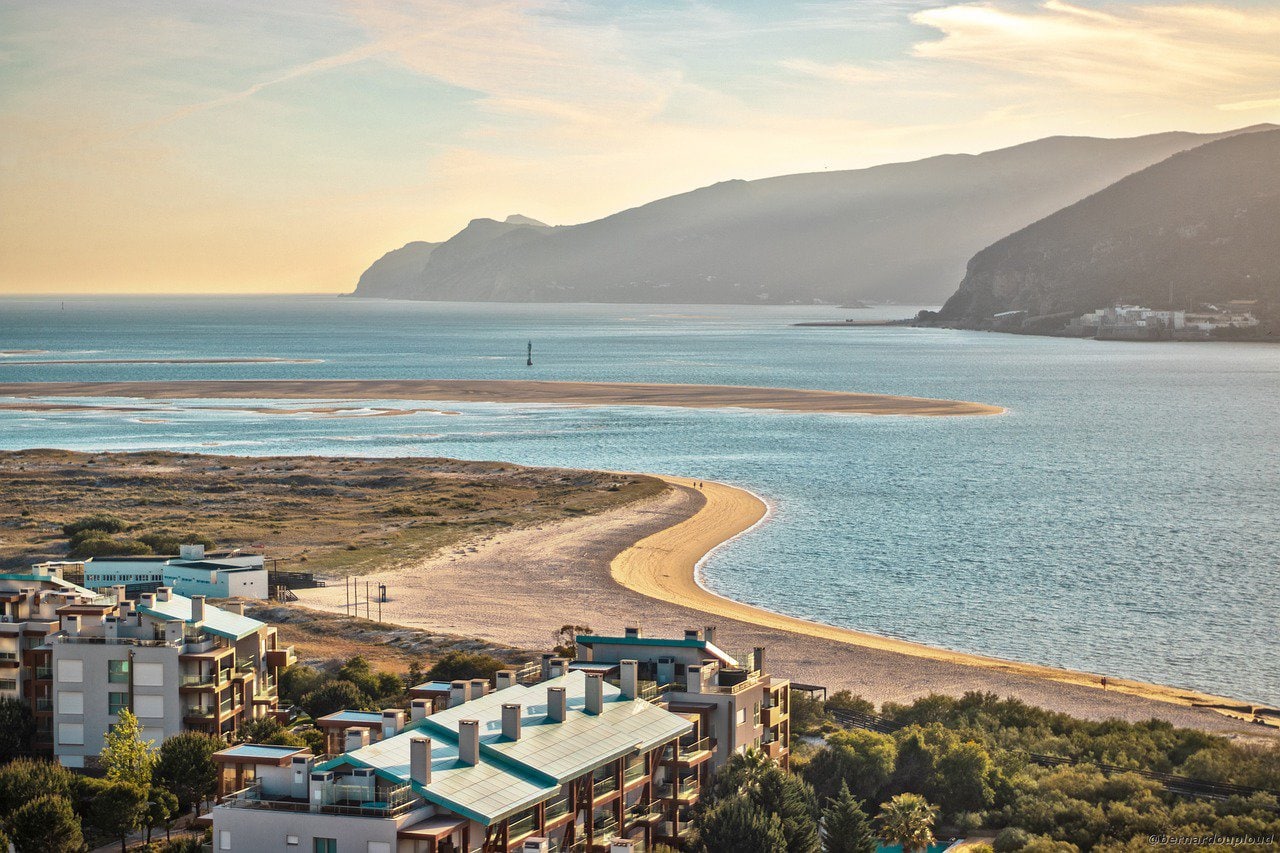
Magellan’s Circumnavigation
Ferdinand Magellan launched a Spanish expedition in 1519 that would eventually become known as the first circumnavigation around the globe. His fleet was called the Armada de Molucca, and it has the goal of finding a western route to the Spice Islands, also known as the Molucca Islands. Magellan and his crew set sail from Spain on September 20, 1519.
On this journey, Magellan and his crew sailed across the Atlantic Ocean and eventually discovered a seat route that separated mainland South America and Tierra del Fuego in Chile. This strait would wind up being named the Strait of Magellan after the explorer.
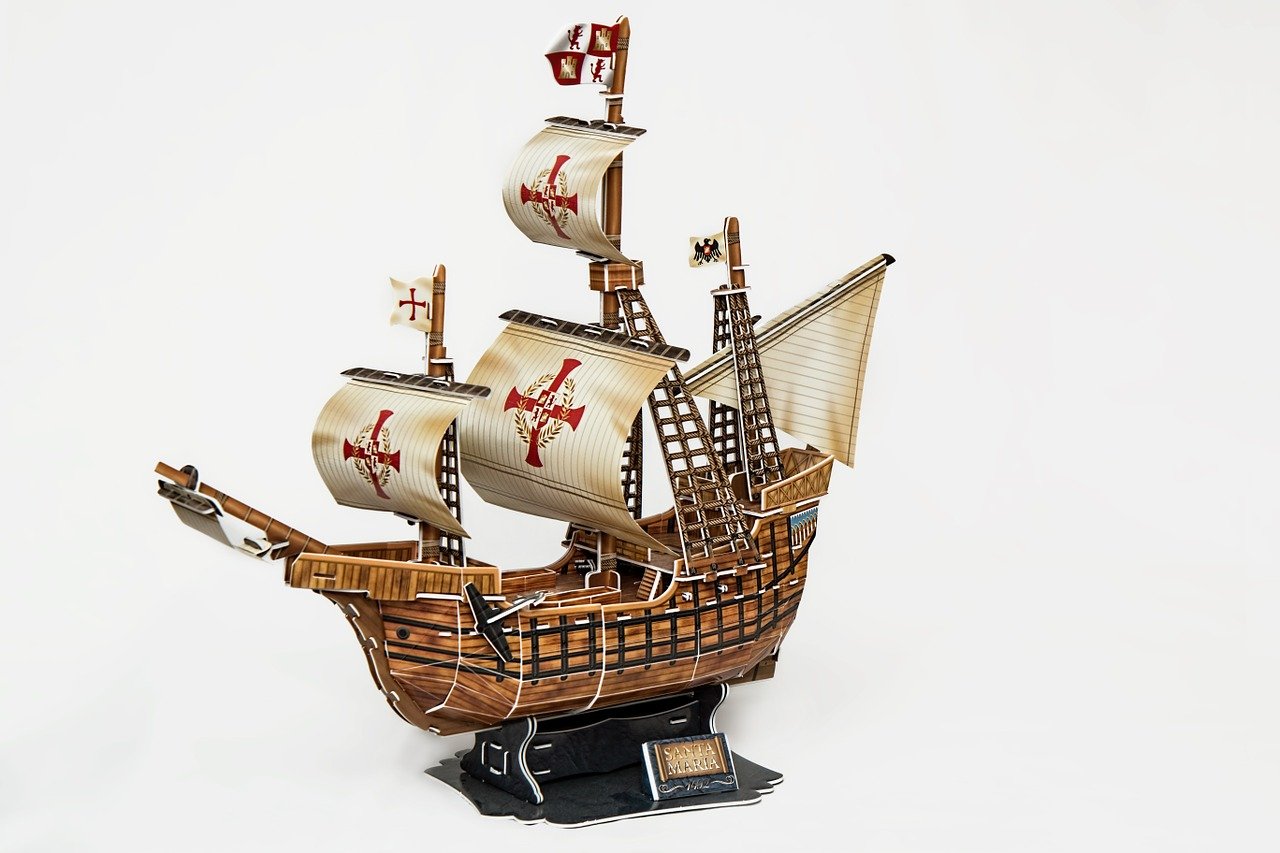
Magellan: Background
After the Spanish realized that Christopher Columbus’s trips to the West ended in the Americas, Spain realized that they needed to find a new commercial route to Asia. This was because the spice trade was a significant economic factor. Several Spanish explorers have attempted such a voyage but have only reached South America.
Ferdinand Magellan and his partner, Portuguese cosmographer Rui Faleiro, attempted to petition King Manuel I of Portugal on several occasions for funding for an expedition to the Spice Islands. Eventually, Magellan and Faleiro were moved to Seville, Spain, where they were granted permission to charter a fleet from the east.
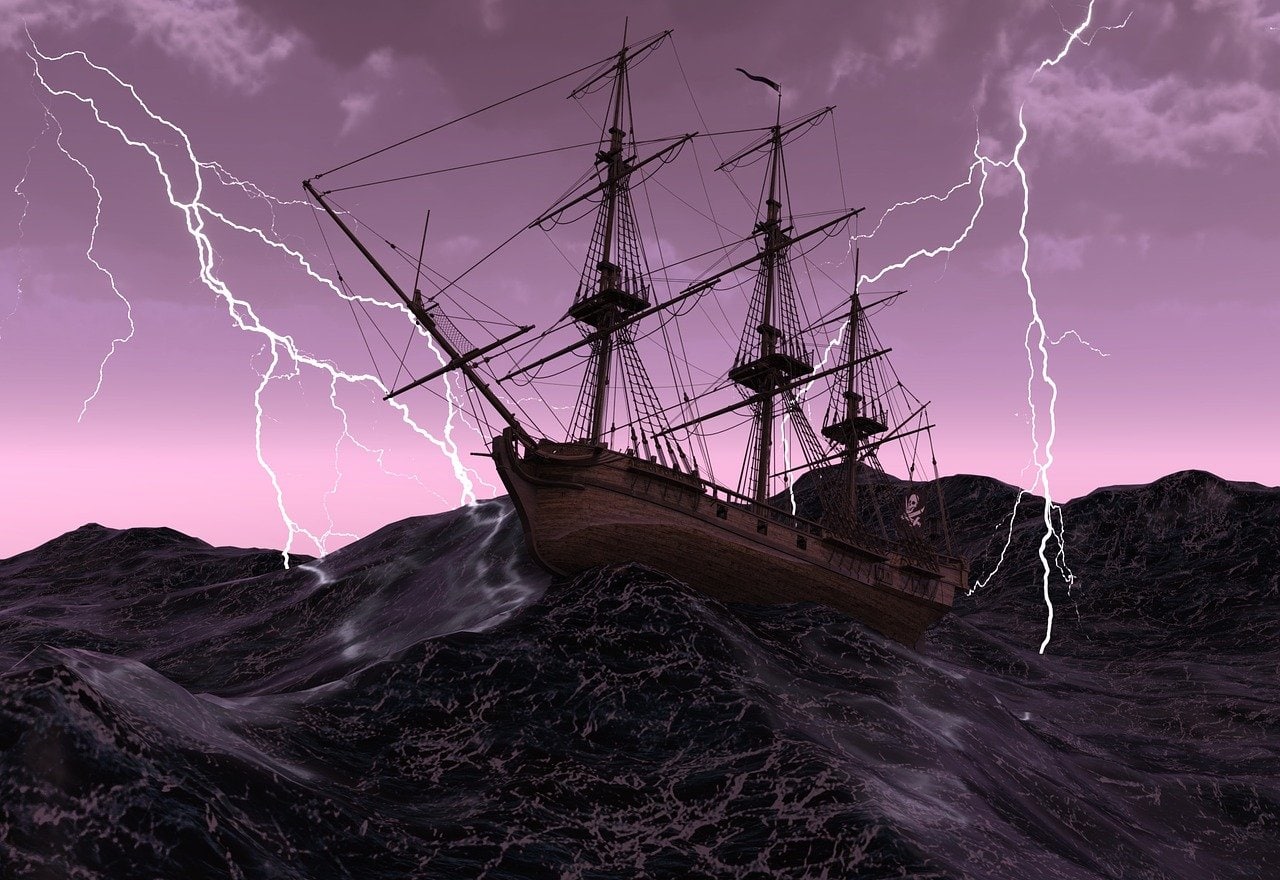
Magellan: Construction
Ferdinand Magellan’s fleet was comprised of five ships. This fleet was called the Armada del Maluco, named after the Indonesian name for the Spice Islands. Each of the five boats carried enough supplies for two years of travel.
These ships were covered in tar on most of their surface area, so they were black in color. The cost for the vessel, crew salaries, and supplies cost 8,751,125 maravedis, which were gold and silver coins commonly used between the 11th and 14th centuries. The central portion of the budget was spent on food. It cost about as much to supply provisions as it did to build the ships.
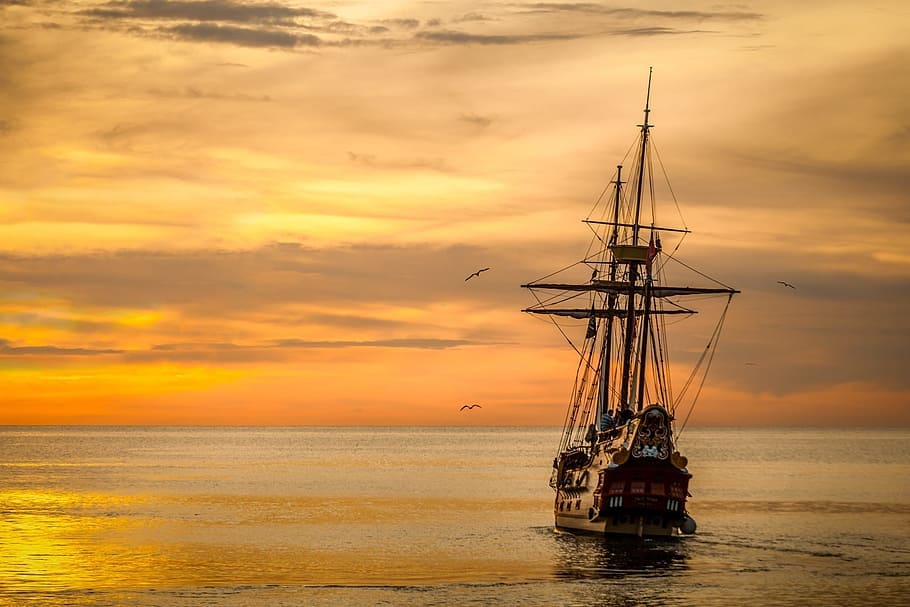
Magellan: Ships
The flagship vessel of Magellan’s voyage was the Trinidad. The caravel ship was the Santiago, and the other vessels were carracks. The only boat that ended up completing the trip around the globe was the Victoria.
The Trinidad carried 62 crew members, the San Antonio held 55, the Concepcion carried 45, the Santiago held 33, and the Victoria carried 46. In December 1521, the Trinidad broke down in the Molucca Islands. The crew deserted the San Antonio in the Strait of Magellan in November 1520. The Concepcion was purposely sunk in the Philippines in May 1521. In May 1520, the Santiago was destroyed in a storm at the Santa Cruz River.
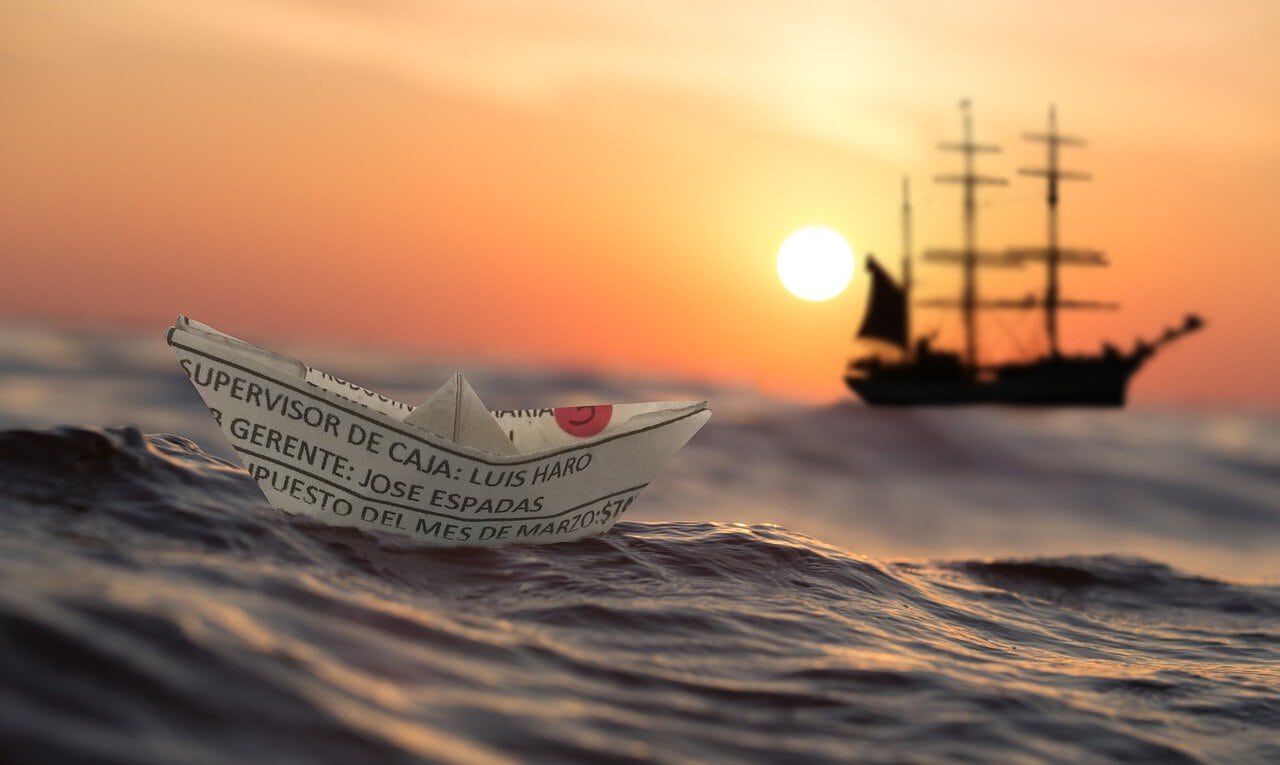
Magellan: Crew
The crew on Magellan’s voyage was about 270 men, most of whom were Spanish. The Spanish authorities did not fully trust Magellan and almost stopped his expedition from happening. They ended up switching out many of his Portuguese crew members for Spaniards. All in all, his crew has about 40 Portuguese men.
Magellan’s brother-in-law and his indentured servant were both members of the crew. There were crew members of many nationalities, including French, Italian, Irish, English, Flemish, Asian, and black. Magellan’s cosmographer Ruy Faliero was removed from his position due to mental issues and replaced by Andres de San Martin. Juan Sebastian Elcano was a Spanish merchant ship captain who wanted to be pardoned by the king for previous crimes. He joined the crew as Magellan’s assistant.
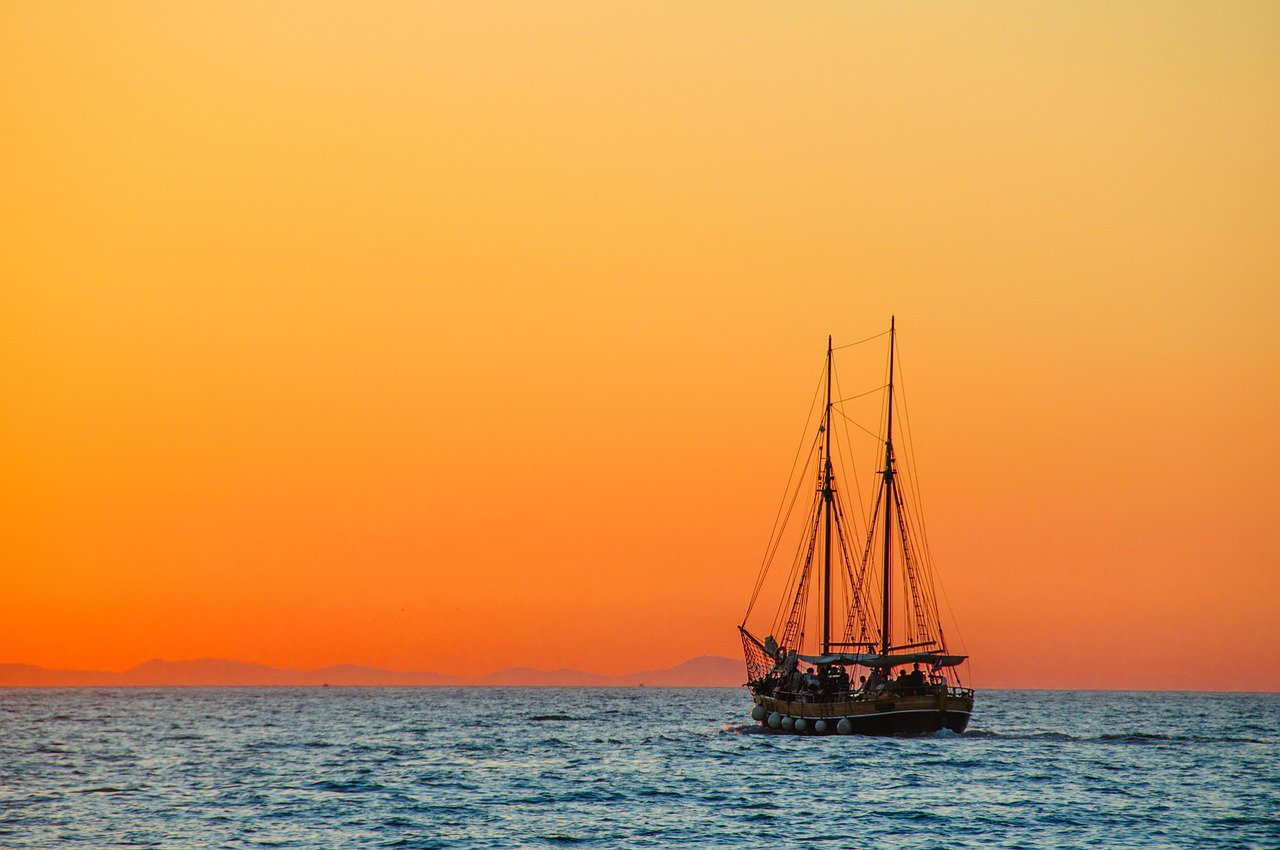
Juan Sebastian Elcano
Although he started the journey as Ferdinand Magellan’s assistant, Juan Sebastian Elcano would eventually be put into the history books as the first person to finish the first circumnavigation of the Earth. He took over as the captain of the voyage after Magellan died in 1521 in the Philippines. Elcano was the captain of the Victoria and led it from the Molucca Islands to Spain.
Elcano’s journey in a voyage around the world was not without its hardships. He attempted to organize a mutiny against Magellan before the convoy reached the Strait of Magellan. His attempts were unsuccessful, and he was subjected to five months of hard labor. After completing his punishment, Elcano became captain of the fleet’s galleon.
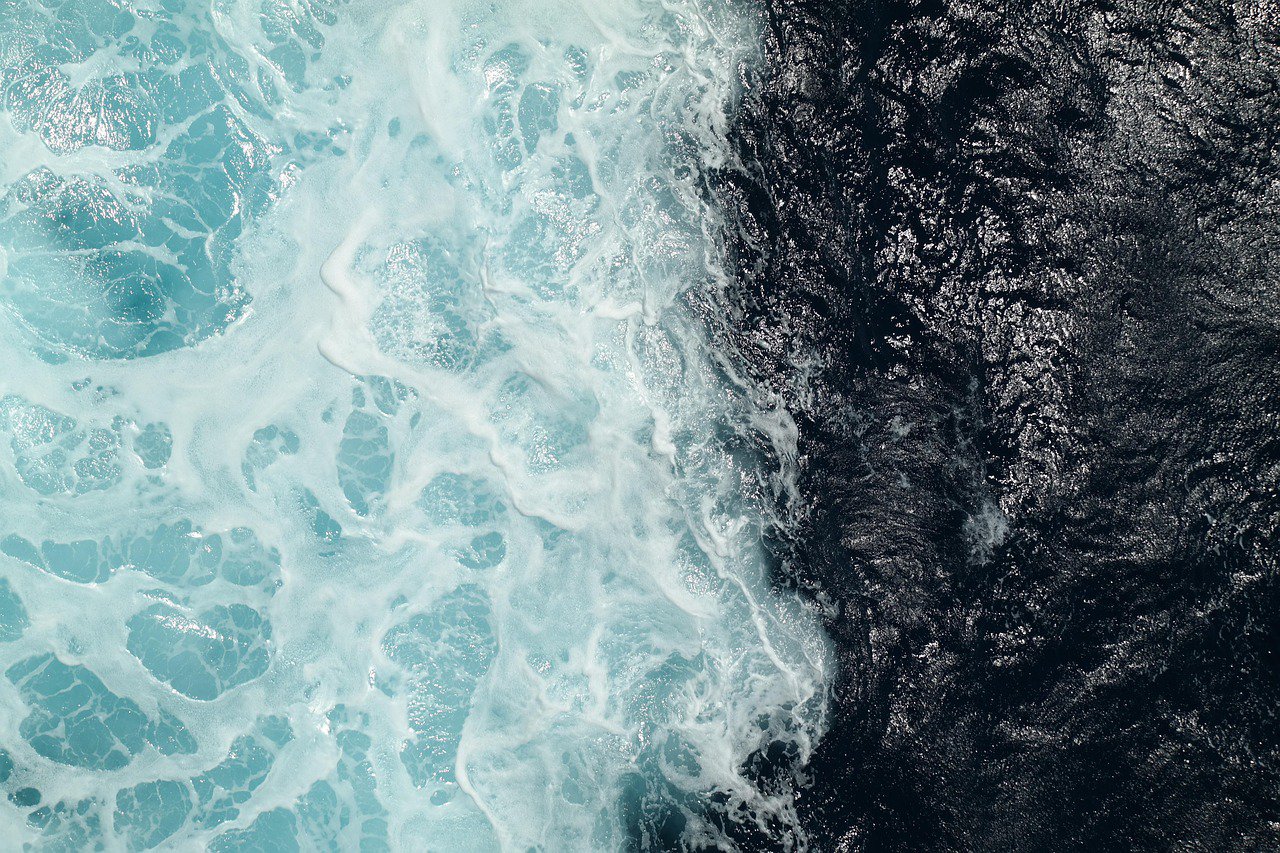
Early Life of Juan Sebastian Elcano
Juan Sebastian Elcano was born to Domingo Sebastian Elcano and Catalina del Puerto in Spain in 1476. Elcano had three brothers: Domingo, Martin Perez, and Anton Martin. He fought under the command of Spanish general Gonzalo Fernandez de Cordoba in Italy during the Italian Wars.
In 1509, Elcano became a part of the Spanish expedition against Algiers organized by Cardinal Francisco Jiménez de Cisneros. Eventually, he settled down in Seville, Spain, and worked as a merchant ship captain. Elcano ran into trouble when he surrendered a ship to Genoan bankers to repay a debt. To get out of trouble, he became an assistant on Magellan’s expedition.

Juan Sebastian Elcano’s Honors
Documentation taken aboard the Victoria ship covered the events of the trip and stated that Juan Sebastian Elcano and his crew traveled 14,460 leagues or 50,610 miles around the Earth. The trip was completed on September 6, 1522. Because of Elcano’s successful voyage around the globe, he was awarded many honors.
Elcano was granted his own coat of arms by the Spanish emperor Charles V that featured an image of the globe and the Latin phrase Primus Circumdedisti Me, which means “You first encircled me.” He was also granted an annual pension. Elcano and his family were given rule over the Marquisate of Buglas, located in Negros Island, Philippines. Because of this, the Philippines is the country with the most people with the last name Elcano.
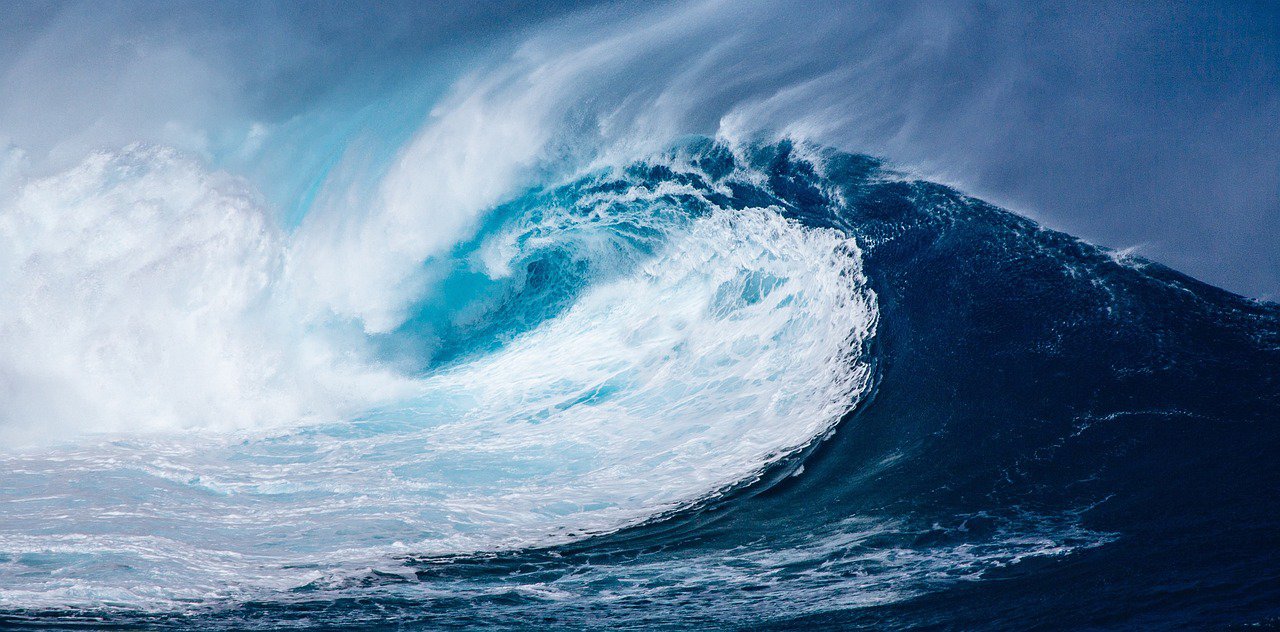
Magellan’s Circumnavigation: Crossing the Atlantic
Magellan’s five ships departed from Seville, Spain on August 10, 1519. The envoy traveled down the Guadalquivir River to Sanlucar de Barrameda, located at the mouth of the river. By September 26, 1519, the fleet made it to Tenerife in the Canary Islands.
At Tenerife, they stocked up on supplies that were much cheaper there than they were in Spain like vegetables and resins. The fleet left the Canary Islands on October 3, 1519, and sailed south along the African coast. Magellan had received word that he was in danger of being arrested by the King of Portugal and that he was going to be involved in a mutiny, so he took a risk and followed along the African coast to evade capture.

Magellan: Failed Mutiny
Following a trial of a crew member who committed a serious crime, the captains of Magellan’s crew began to question his leadership. They accused him of making wrong decisions like choosing to sail the route along the African coast. The chief captain behind the questioning of Magellan was the fleet’s joint commander Juan de Cartagena.
Cartagena decided he would no longer listen to Magellan’s commands. During a confrontation, Magellan labeled Cartagena a rebel and ordered him to be carried away and placed in stocks. Cartagena attempted to get other captains to stab Magellan but was unsuccessful. Magellan had the option to sentence Cartagena to death but instead opted to relieve him of his command of the San Antonio ship.
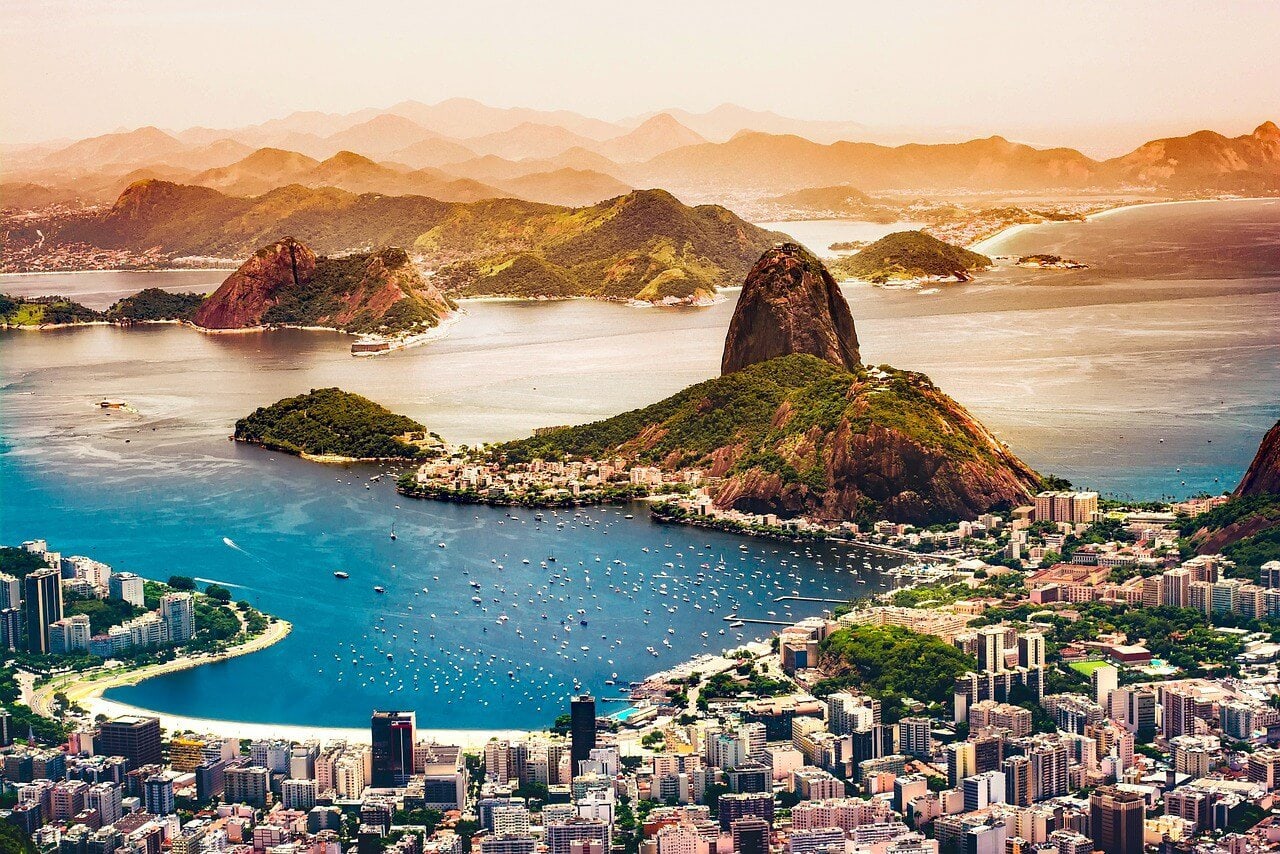
Magellan: Arrival in Brazil
On November 29, 1519, Magellan’s fleet made it to Cape Saint Augustine in Brazil. They made it to Rio de Janeiro on December 13, 1519. There was no permanent settlement by the Portuguese in the area at that time. Because of that, Magellan felt safe docking his ships in the harbor.
The day that Magellan and his crew arrived, it rained for the first time in two months. The indigenous people of Rio de Janeiro were delighted and warmly received the fleet. Magellan and his men spent about two weeks in Rio de Janeiro during which they repaired their ships, stocked up on food (pineapple, yam, and cassava) and water, and met with the residents.
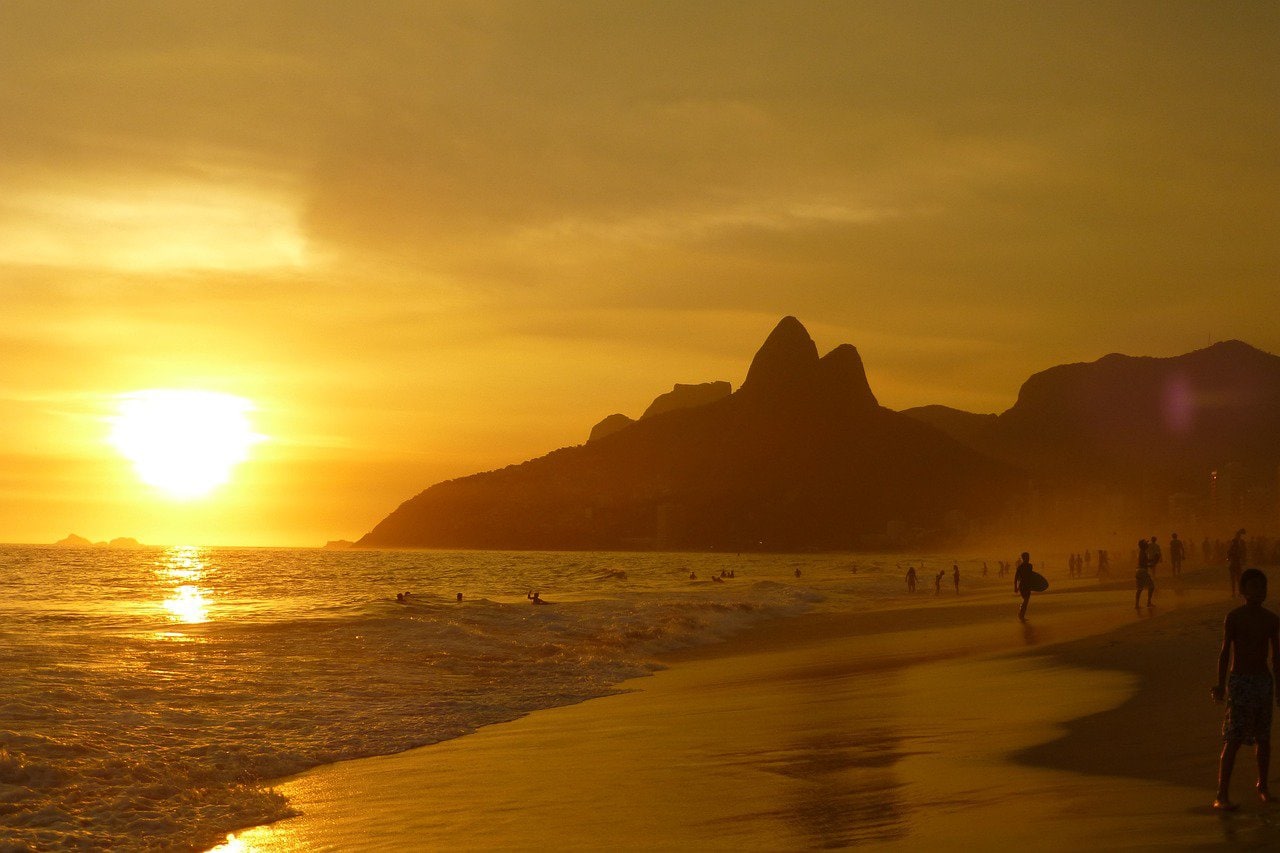
Magellan: Río de la Plata
After leaving Rio de Janeiro, Magellan and his crew sailed south along the coast of South America. They were journeying on, looking for the El Paso, the strait that would give them the ability to pass South America and reach the Spice Islands. On January 11, 1520, the fleet spotted a high landform marked by three hills that they called Cape Santa Maria.
At that point, Magellan believed he had made it to the el paso he was so set on finding. In reality, the fleet has reached the Rio de la Plata. They attempted to explore the area and find the southern continent that they believed was located south of South America. Magellan and his crew realized that the strait they found was, in fact, the mouth of a river. The discovery was confirmed when they realized they were in freshwater.
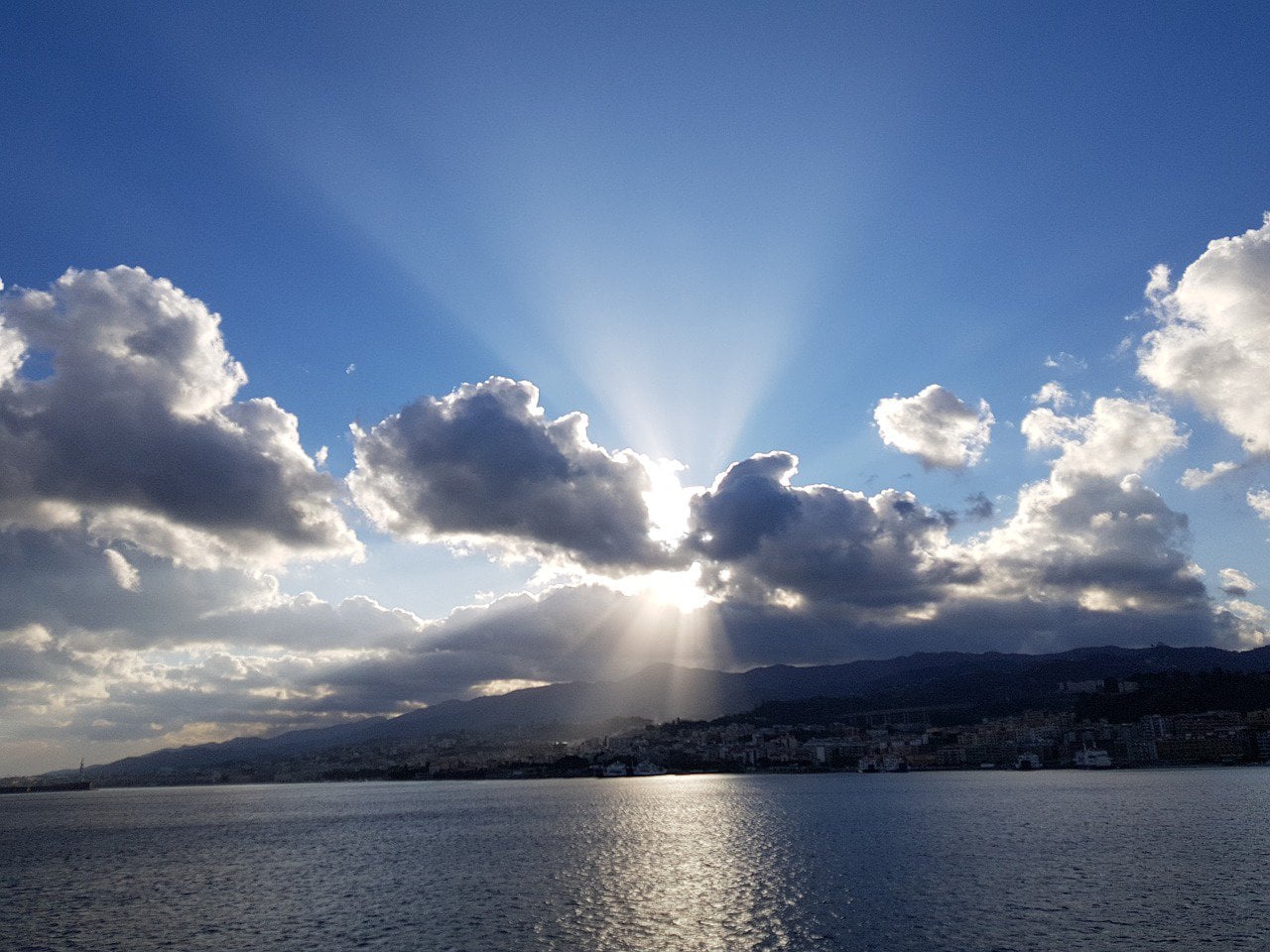
Magellan: Search for a Strait
By February 3, 1520, Magellan’s fleet was still traveling south along the coast of South America. Magellan was convinced that they were close to finding the strait. They continued touring for another eight weeks without finding any channel before they stopped at Port St. Julian in Argentina for the winter.
To find the strait as quickly as possible, Magellan’s fleet sailed as close to the coastline as they could. This made the trip extremely dangerous as they could have sailed onto land via shoals. With this sailing technique, the fleet could only travel during the day and had dedicated lookouts searching for signs of passage.
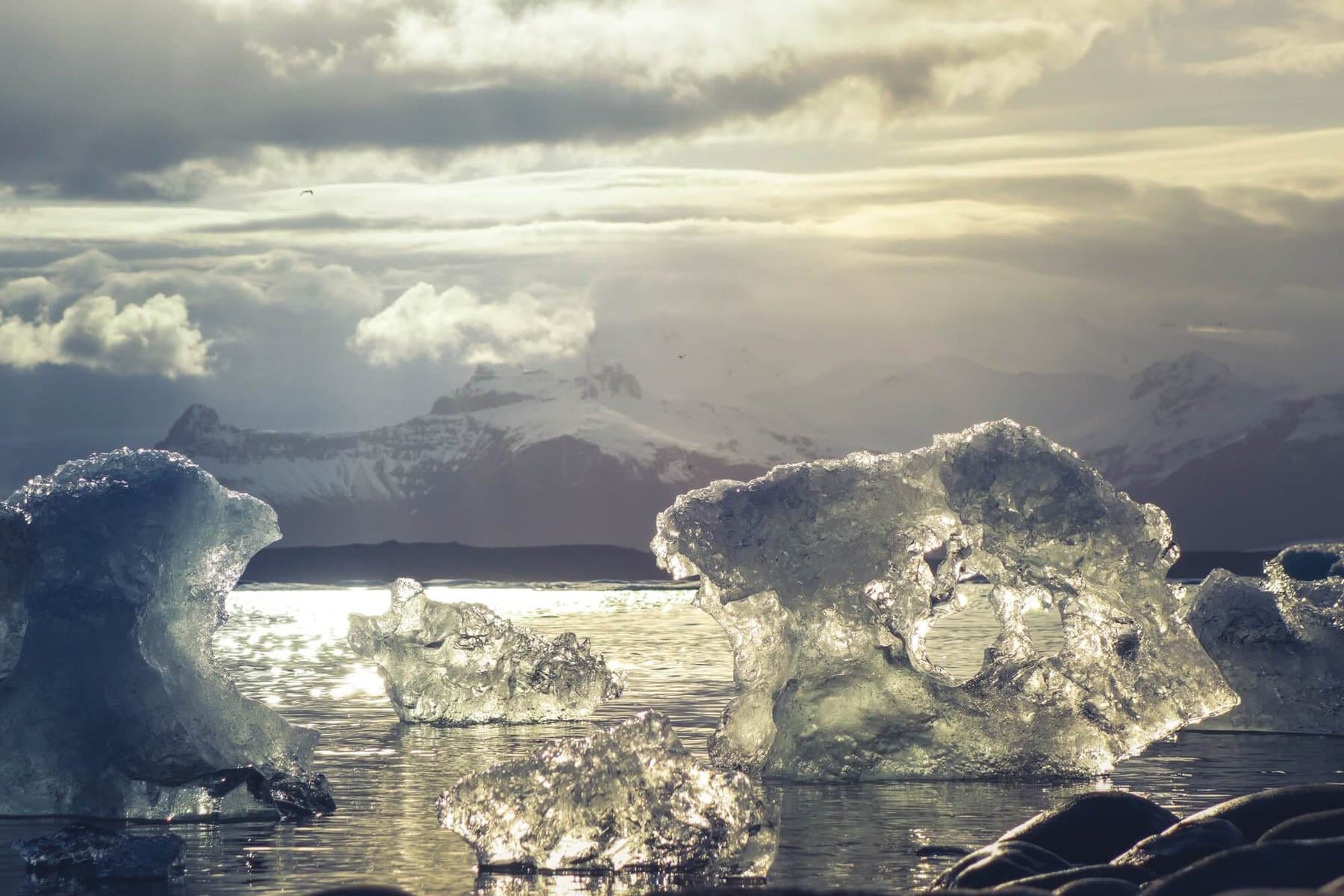
Magellan: Overwintering
By the middle of March 1520, the weather conditions out on the ocean had become extremely intense. It was cold, raining, and the winds were strong. Because of this, Magellan decided to stop his travels for the winter.
Magellan and his captains spotted a break on the coast on March 31, 1520, and decided to stop there with his crew. Port St. Julian was a natural harbor located in Patagonia, Argentina. The team stayed in this harbor for about five months until the weather was mild enough to continue the journey to finding the strait to the Spice Islands.
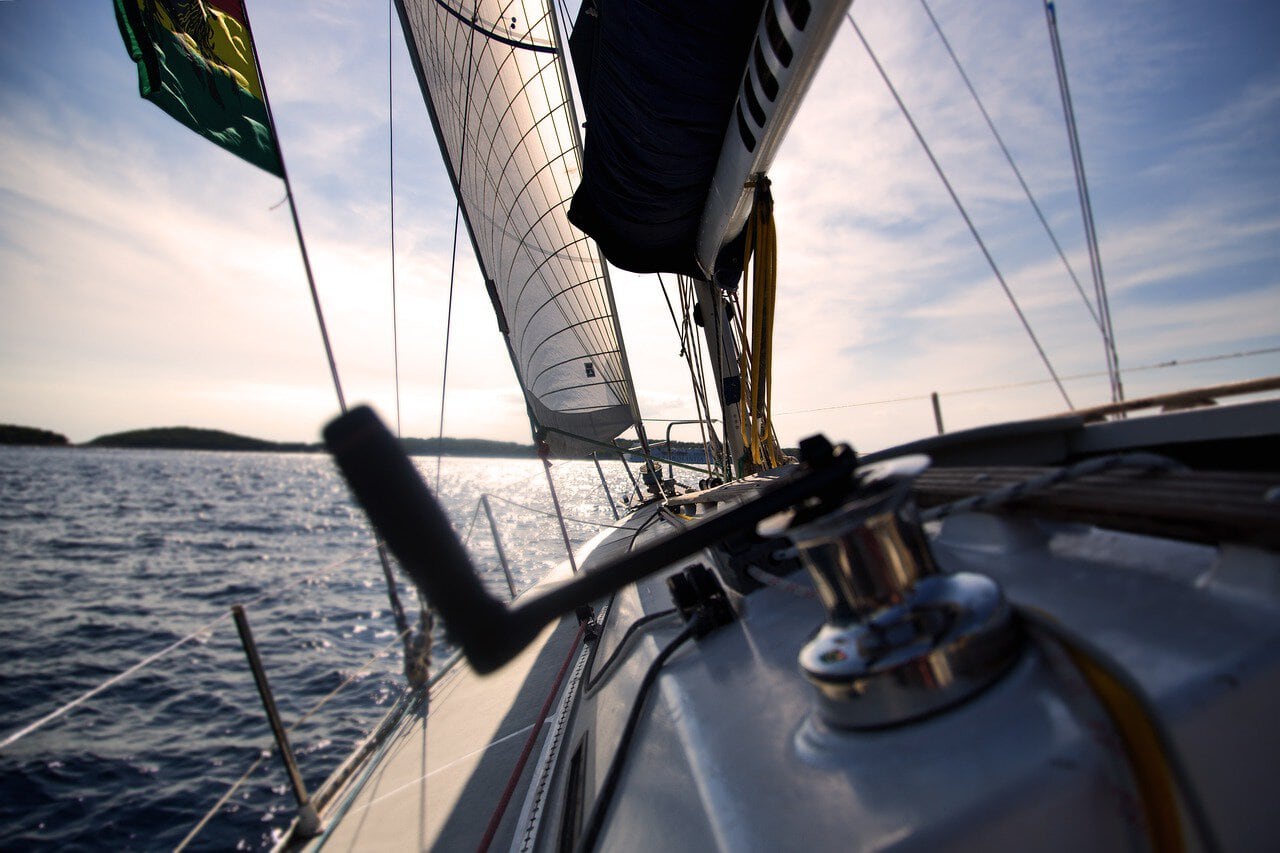
Magellan: Loss of Santiago
At the end of April 1520, Magellan ordered Juan Serrano to captain the Santiago ship from Port St. Julian to look for a strait in the southern direction. On May 3, 1520, the crew of the Santiago made it to the Santa Cruz River, which was a beautiful area with natural resources like wood, fish, and penguins. Serrano and his men stayed in the Santa Cruz River area for about a week before departing back toward St. Julian.
When they left the harbor, the crew got caught in a sudden, vicious storm. Strong winds and currents tossed the Santiago ship aground on a sandbar. Most of the crew was able to get on the shore before the vessel capsized. Two members of the team walked for 11 days back to St. Julian to get help from Magellan, who then sent a rescue party down to Santa Cruz. Although the ship was lost, luckily, the entire crew survived the ordeal.
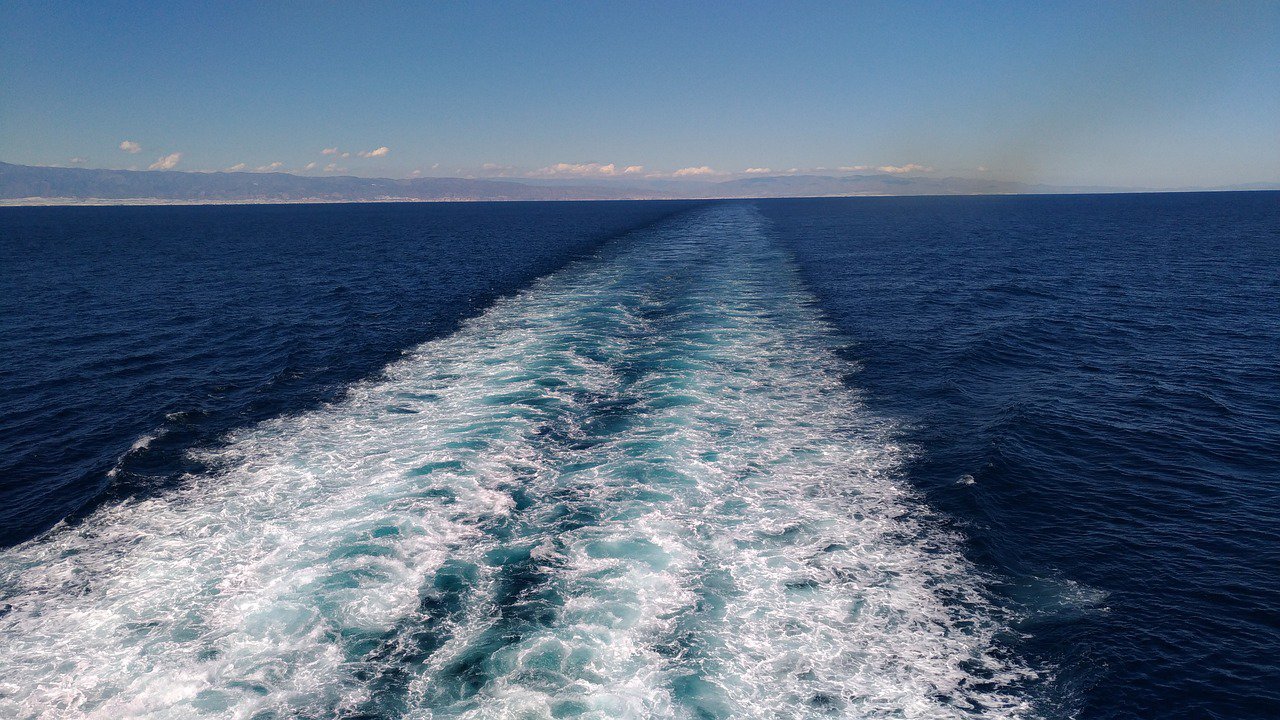
Strait of Magellan
Magellan’s fleet left Santa Cruz on October 18, 1520, and headed south on their mission to find a strait. On October 21, 1520, the crew discovered a headland and named it Cape Virgenes. Then Magellan’s fleet found a large bay. A storm began as they were exploring this new bay.
The fleet was broken up in the storm but reunited three days later. Two of the ships, the San Antonio and the Concepcion, were drawn through a narrow passage for a reasonably long distance. The entire fleet retraced their journey and discovered that this was, in fact, the strait they had been looking for the whole expedition. At the time, Magellan named it the Estrecho de Todos los Santos, which translates to All Saints’ Channel. He called it that because the fleet passed through it on November 1, 1520, which was All Saints’ Day. Today, this strait is known as the Strait of Magellan.
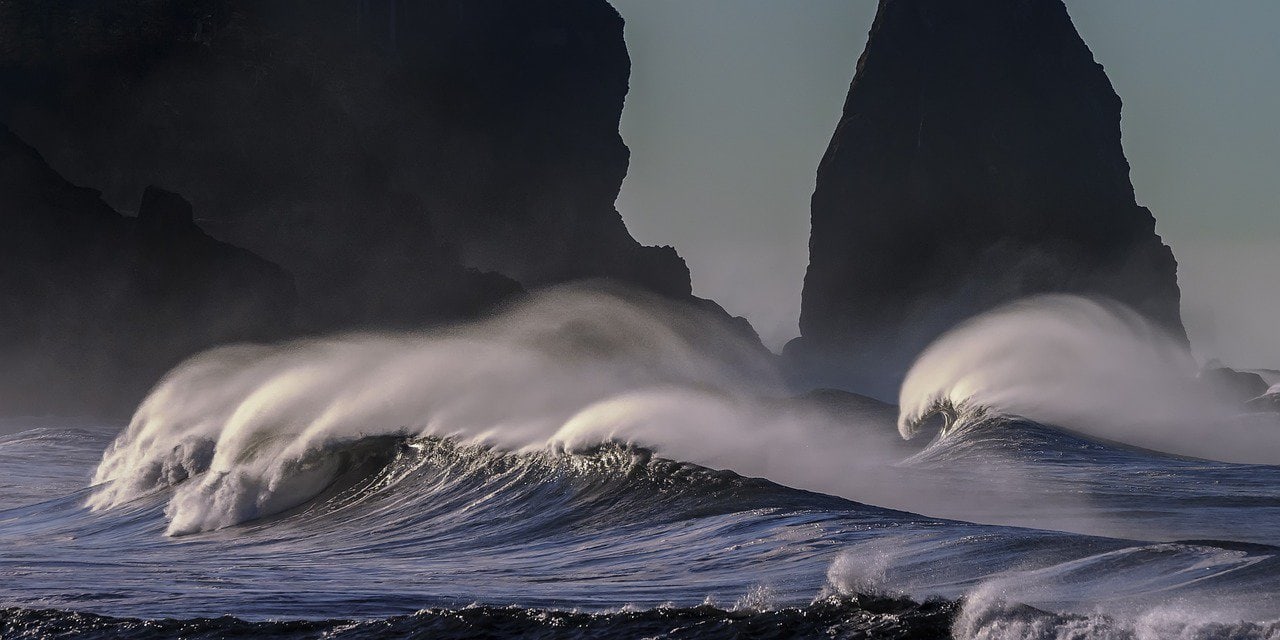
Magellan: Pacific Crossing
Magellan and most other geographers at the time did not realize just how vast the Pacific Ocean was. He thought that South America was separated from the Spice Islands by a small sea and intended to cross it within three or four days. It took Magellan and his crew three months and twenty days to travel through the Pacific Ocean before reaching Guam.
On November 28, 1520, Magellan’s fleet entered the Pacific Ocean after departing from the Strait of Magellan. They took off toward the north, along the coast of Chile. In mid-December, the fleet changed its course to go west-north-west. Had their course been slightly different, they would have landed on several islands where they could stock up on fresh water and food like the Juan Fernandez Islands, Easter Island, the Marshall Islands, and the Marquesas Islands. Conditions on Magellan’s ships were rough at this time. Food stores began rotting, and men were becoming ill and dying of scurvy. During the crossing of the Pacific Ocean, 29 of Magellan’s men died of scurvy, and about 30 men became seriously ill.
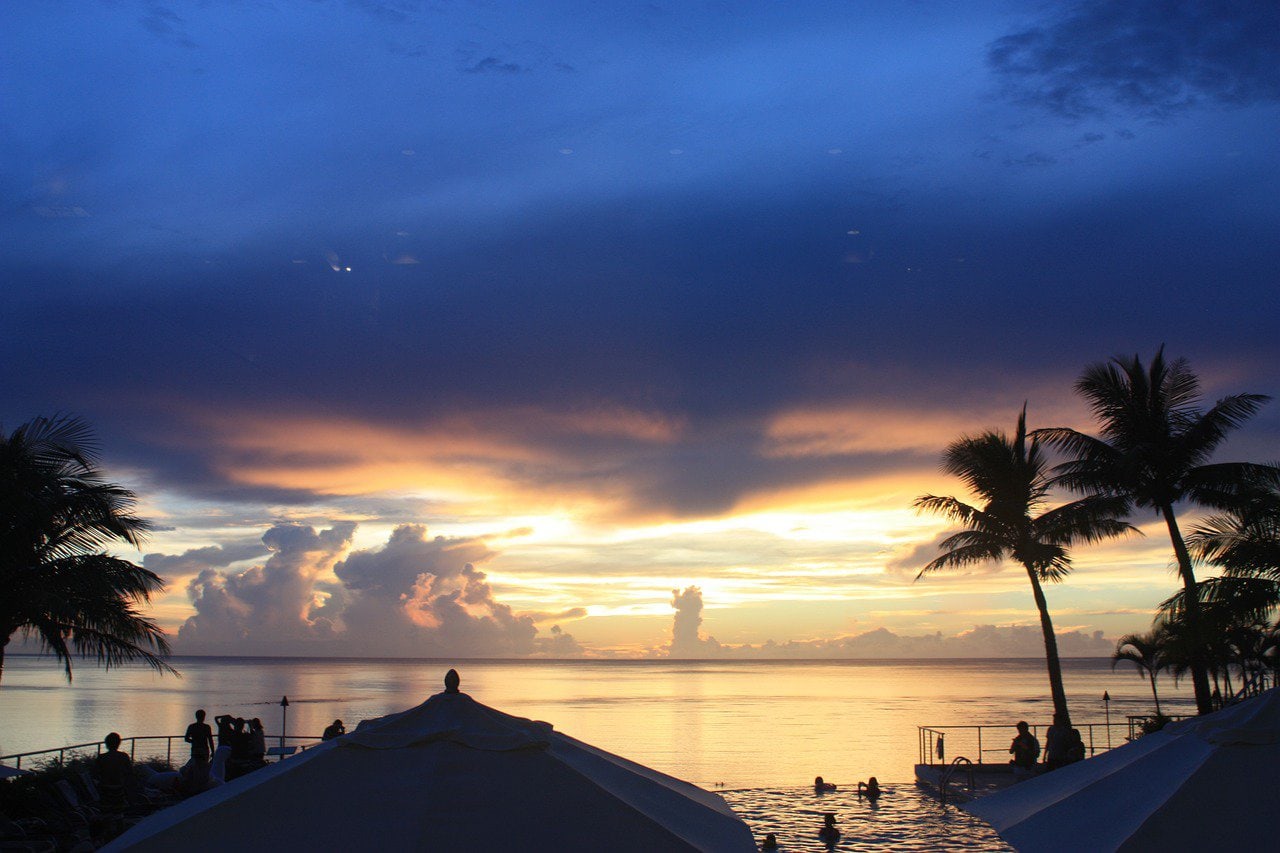
Magellan: Guam
Magellan and his crew reached the Mariana Islands on March 6, 1521. The first island they saw was Rota, but the ships were unable to dock there, so they dropped anchor on Guam thirty hours later. Once the fleet docked on Guam, they were met by native Chamorro people in outrigger canoes.
Dozens of indigenous people climbed aboard Magellan’s ships and began taking items. They removed knives, rigging, and pretty much anything made of iron. A physical confrontation occurred, and Magellan’s men killed at least one Chamorro man. After the natives fled with Magellan’s goods as well as a small boat that was kept on the Trinidad, he retaliated by looting the houses of the Chamorro people. The fleet left Guam on March 9, 1521, traveling westward.
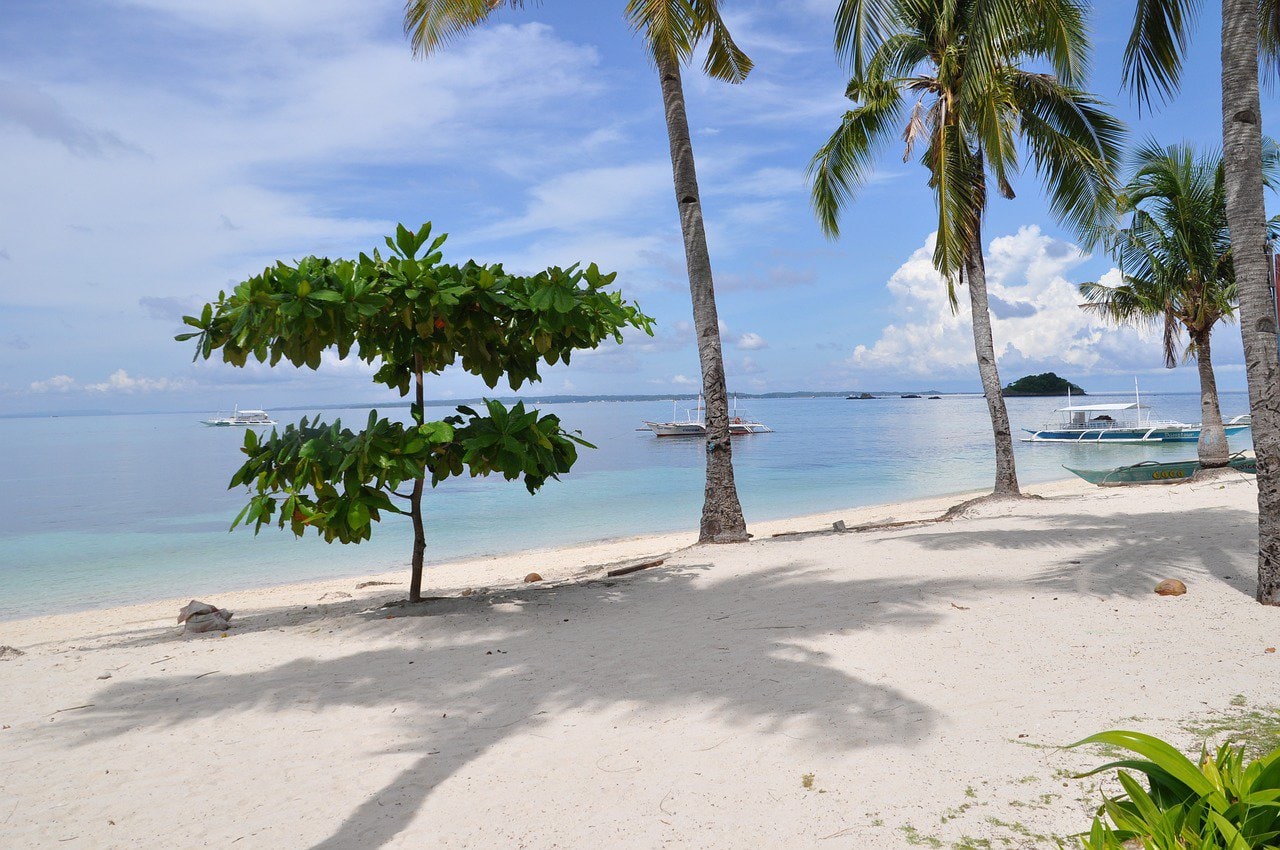
Magellan: The Philippines
Magellan and his crew arrived in the Philippines on March 16, 1521, and stayed there until May 1, 1521. This arrival marked the first-ever European contact with the people of the Philippines. Up until that point, Magellan’s goal had been to pass through South America, make it to the Spice Islands, and return home to Spain with a rich load of spices.
By this time, Magellan had found a new passion. He took a liking to converting native people to Christianity. Magellan decided he wanted to stay in the Philippines and work on converting everyone he could into being a Christian. After his arrival in the Philippines, Magellan converted over 2,200 locals to Christianity in just a few short weeks.
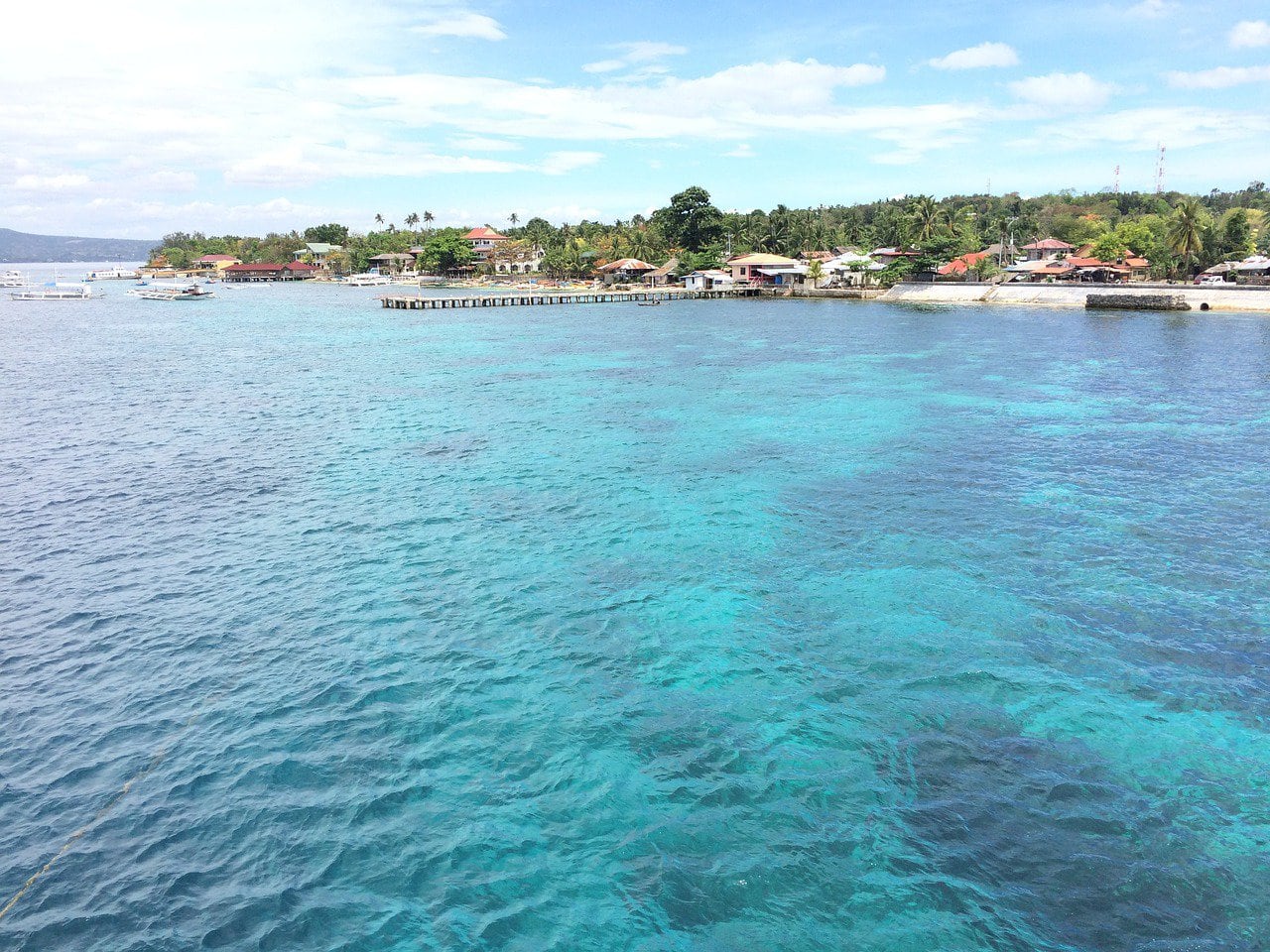
Magellan: Cebu
On April 2, 1521, it was time for Magellan to decide his next course of action. His officers tried hard to convince him to keep pressing on to the Spice Islands, but he was intent on exploring deeper into the Philippines. The fleet took off and sailed toward the island of Cebu, where they landed on April 7, 1521.
There Magellan continued his Christianity preaching and converting. He convinced the leader of the island of Cebu, Rajah Humabon, to convert to Christianity and baptized the leader and his entire family. Magellan discovered that a group on the nearby island of Mactan was resistant to Christianity and ordered his crew to burn down their homes. After the resistance continued, Magellan ordered his fleet to sail to the island of Mactan.
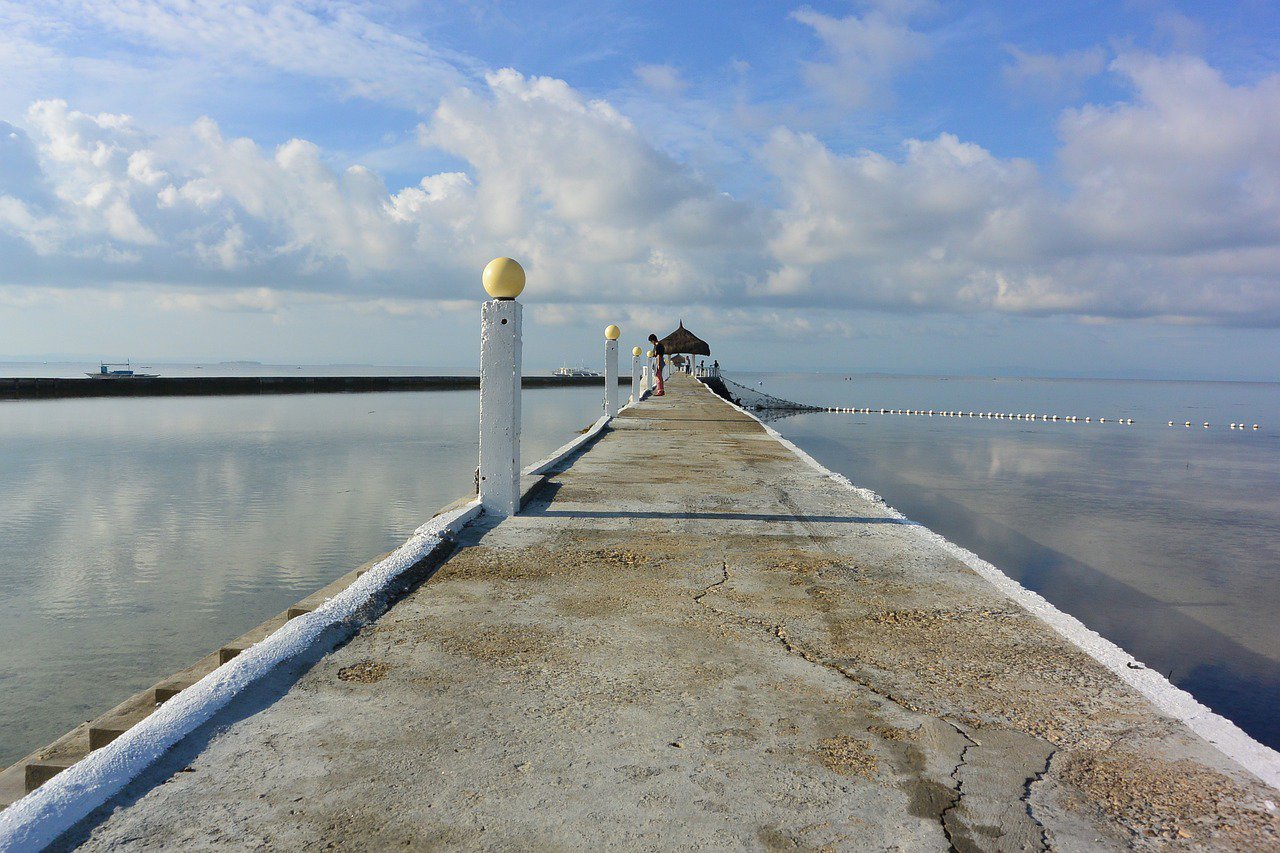
Magellan: Battle of Mactan
Magellan and 60 armed crew members went to the island of Mactan to fight the resistant natives. He took some Cebu natives with him, but there were instructed to watch and not fight. Magellan went to the leader of the Mactan people and gave him one last chance to accept the king of Spain as their ruler, but he refused.
This caused a stir among the local people, and Magellan’s crew became involved in a battle. His team was vastly outnumbered and suffered greatly for it. Ferdinand Magellan ended up dying in the Battle of Mactan on April 27, 1521, after being stabbed with a bamboo spear. Dozens of his crew were also killed there.
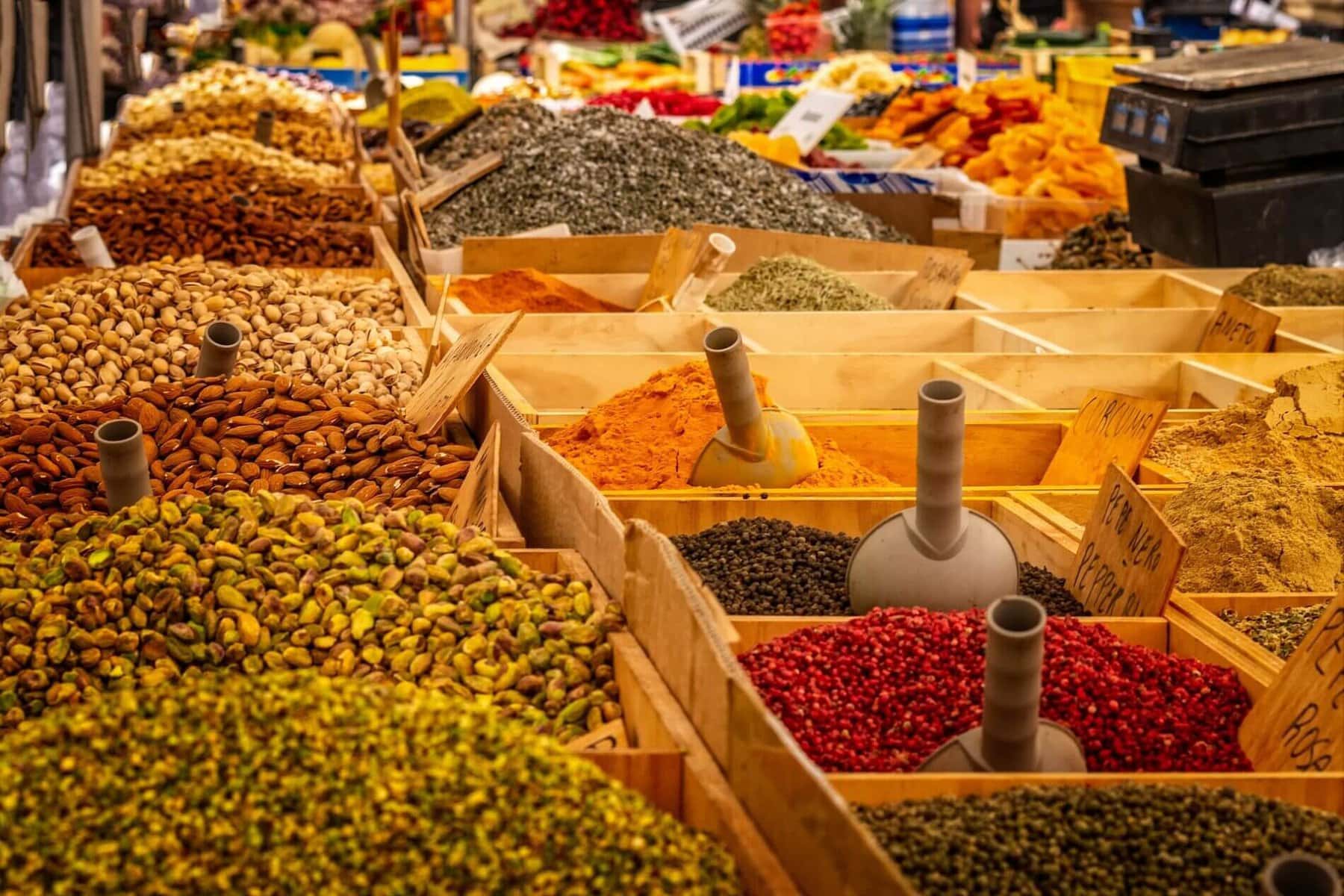
Magellan: Molucca Islands
After the Battle of Mactan, the fleet was left with just 115 men out of the 277 who began the trip to Seville. The captains decided that there weren’t enough men to operate the three remaining ships, so the Concepcion was emptied of goods and set on fire. The Trinidad and Victoria then set sail to find the Molucca, or Spice, Islands.
The ships traveled for about six months through Southeast Asia on their journey. It wasn’t until November 8, 1521, that they reached their destination. On that day, the crew stopped at the island of Tidore. The native leaders were welcoming and open to accepting the king of Spain as their leader. The team was able to establish a trading post on Tidore, giving the men ample time to buy an exorbitant amount of cloves with other goods like glassware, cloth, and knives.
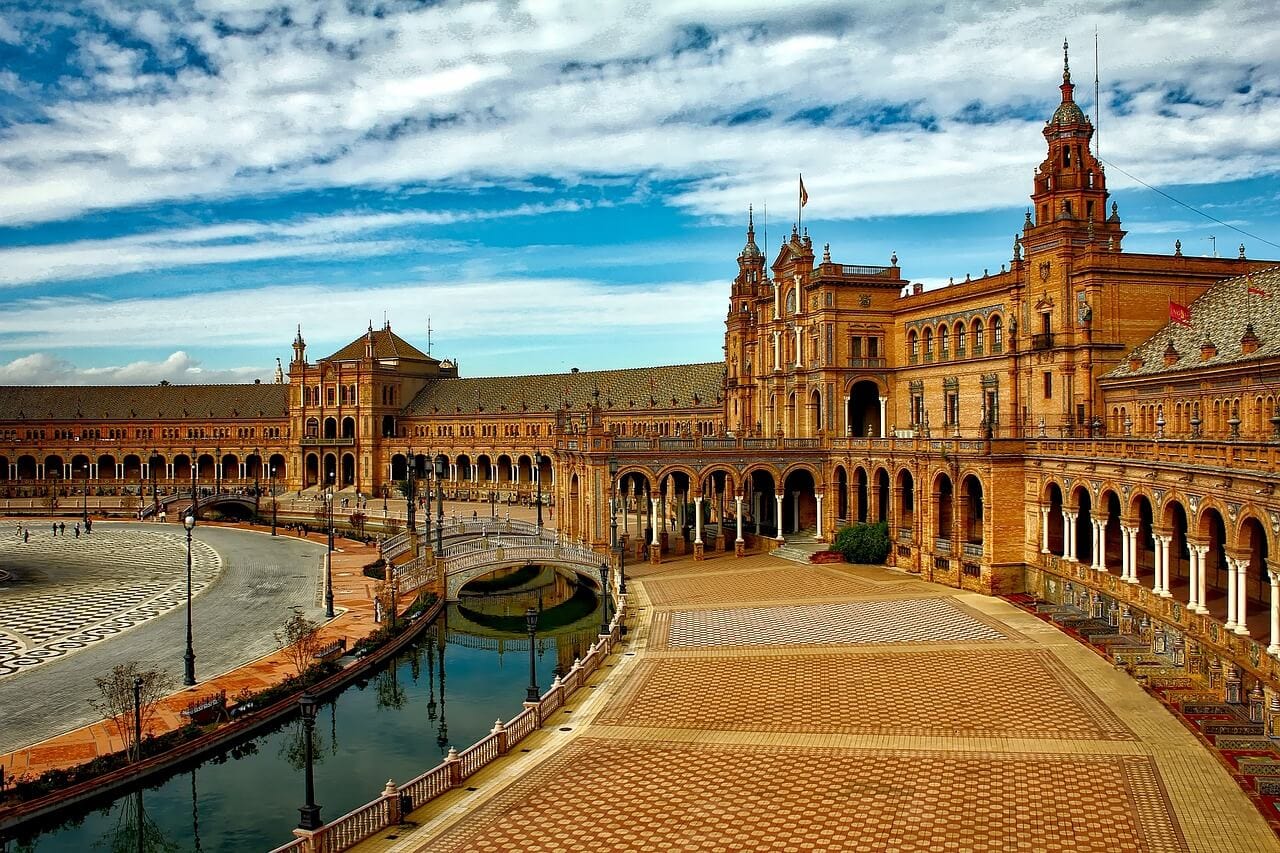
Magellan: Return to Spain
By the time the crew was ready to set sail back to Spain, they were down to one ship. Victoria was the only one left standing after Trinidad was captured by the Portuguese and destroyed in a storm. On December 21, 1521, Juan Sebastian Elcano commanded the Victoria to travel back to Seville through the Indian Ocean.
The crew was struggling by about May 6, 1522, when the ship rounded the Cape of Good Hope. At that point, they only have rice to eat. By July 9, 1522, twenty crew members had died of starvation. Elcano stopped the ship in Cape Verde, but 13 crew members were captured by the Portuguese when they tried to buy food. Luckily the Victoria was able to escape with its 26-ton cargo of cinnamon and cloves. Elcano and his crew arrived back in Spain on September 6, 1522, almost three years to the day that they departed.

Magellan: Survivors
After the last remaining ship of Magellan’s fleet of five arrived back in Spain, just 18 of the original 270 crew members were present. The Victoria had not only returning European citizens but also three Malukan natives who joined the ship in Tidore. After a long period, Portugal decided to release the prisoners they had captured in Cape Verde. These 13 men returned to Spain after completing the circumnavigation.
The survivors of the Trinidad that had been captured by the Portuguese were taken to a prison in Portugal between 1525 and 1526. They were held up in the Portuguese prison for seven months while Spain negotiated for their release. Only five crew members made it back home.
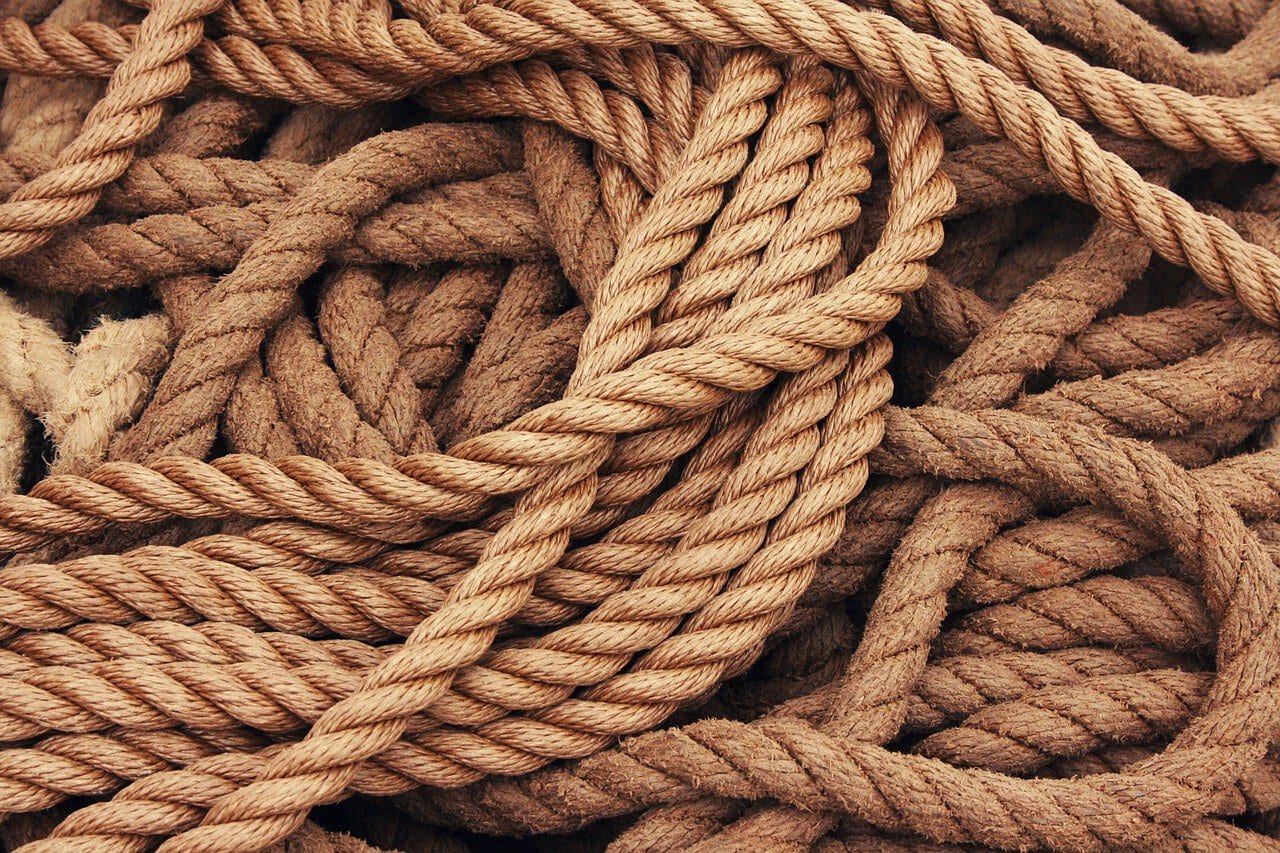
Magellan: Subsequent Expeditions
After Magellan and Elcano’s circumnavigation, there was still no set limit to the east. Because of that, in 1524, Spain and Portugal set out to find out exactly where the antimeridian of Tordesillas was located. By doing this, they could see where the world was divided into two hemispheres and solve the issue of claiming the Spice Islands.
Eventually, a treaty was signed between Spain and Portugal. The Treaty of Zaragoza was signed in 1529 and stated that the Spice Islands belonged to Portugal, and the Philippines belonged to Spain. As we learned before, many explorers followed in Magellan’s footsteps to circumnavigate the globe.
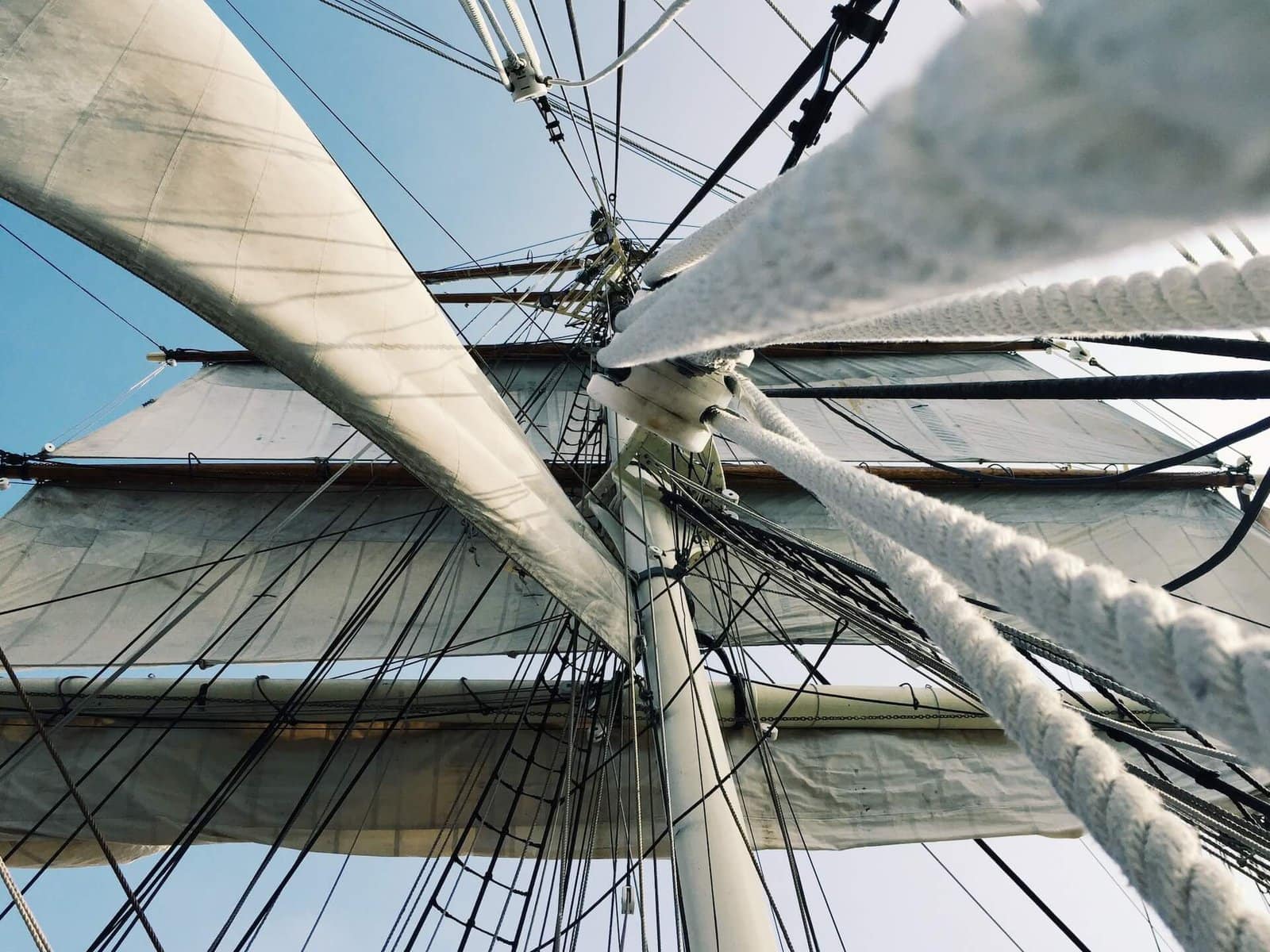
Magellan: Scientific Accomplishments
Not only was Magellan’s voyage the first to completely circumnavigate the globe, but it was also the first to successfully make it through the South American strait that connects the Pacific and Atlantic Oceans. Because of his accomplishments, other Europeans adopted Magellan’s name for the Pacific. Because of this historical voyage, the full extent of the Earth’s surface was realized.
The crew of Magellan’s fleet observed many different species of animals that were unknown at the time to European scientists. They saw a guanaco, a relative of the llama, which they referred to as a camel without humps. Another animal they saw was a black goose that has to be skinned and not plucked. This turned out to be a penguin.
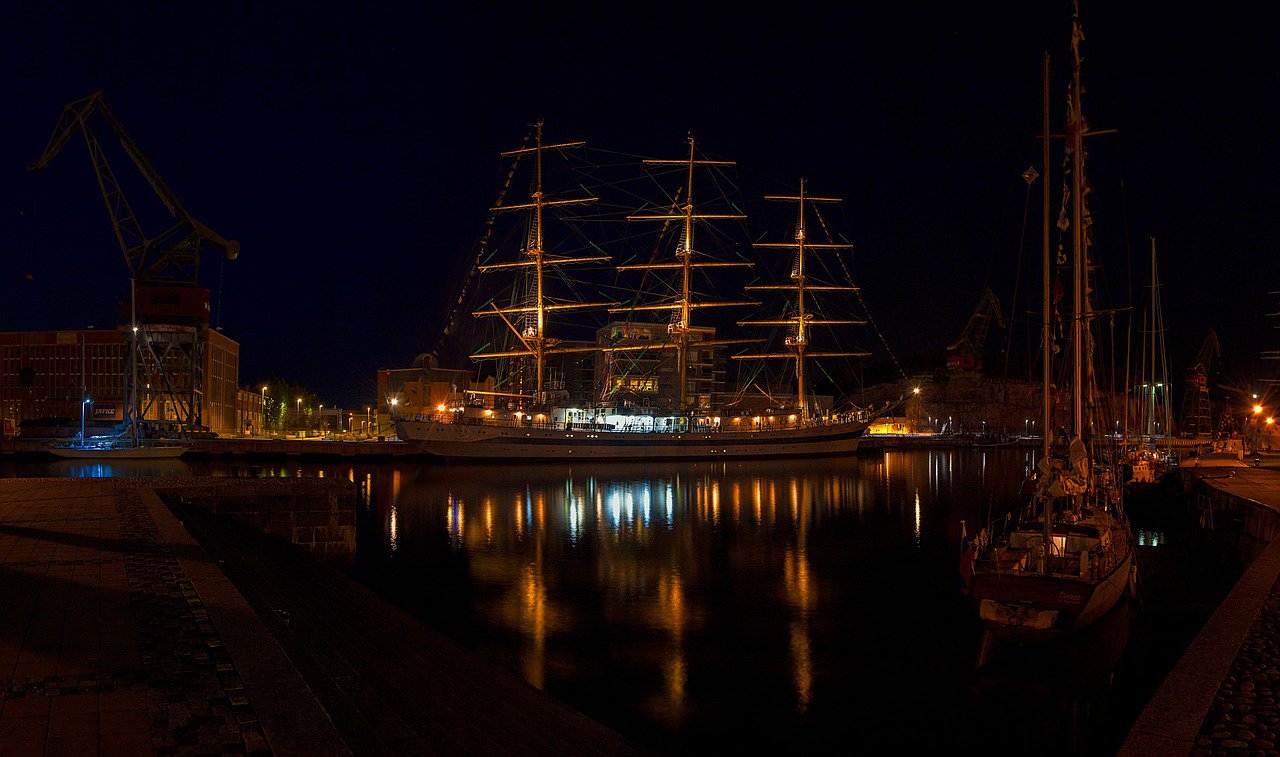
21st Century Circumnavigations
Many interesting circumnavigations have happened in the 21st century. In August 2000, German sailor Wilfried Erdmann completed a solo westward journey that was non-stop. Ellen MacArthur completed that same type of mission in 2001 and became the fastest woman to do so. MacArthur would go on to complete the voyage several more times, and in 2010, she is the fastest woman to complete a non-stop single-handed circumnavigation.
In 2007, the RMS Queen Mary 2 world cruise ship became the largest passenger ship to make a trip around the world. This ship was 148,528 gross tons. The youngest person to travel around the Southern Hemisphere by themselves was Jessica Watson, who was 16 when she made the journey from 2009 to 2010.

